

Shelly King, 1912 Titanic Socialite

“Unsinkable Molly Brown” (Margaret Tobin Brown)
The development of this character and ensemble is a bit different than others we have done, in that we needed to exhibit the fashion era first, and created the character after. This was possible in this instance because a “Titanic”, or representation of the year 1912 (when the ship went down) was a “mood” and not really a fashion style.
All we needed to do was define the attitudes and social characteristics of the “Titanic”, and the fashion would follow. In other words: “Titanics” pretty much dressed alike like a big social “clique”. If we could get the trends down from the few designers who were putting it out, and if we followed the basic rules of design, pretty much any woman we chose would look right.
We chose “Molly Brown”, not only because she was ON the Titanic ship when it went down, but because she was truly an American Dream story (and we try to depict Americans with Silhouettes), and she had the money, means, and motivation to pursue that fashion.
What is most interesting, however, is that Margaret actually LOOKED like our 1910 Caroline Lockhart character we developed (see that design). This makes perfect sense, because Lockhart in Cody, Wyoming, had all the same characteristics as “Molly Brown”, though Lockhart did not seem to have the desire, money, or the means to pursue the lifestyle of a “Titanic”. That leads us to investigate what distinguished a “Titanic” from just a “Woman of Fashion” from that same time and place.
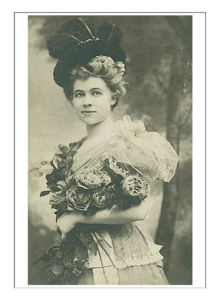
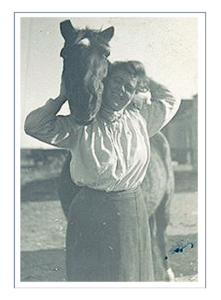
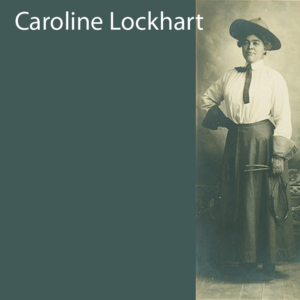
Who was “Molly Brown”?
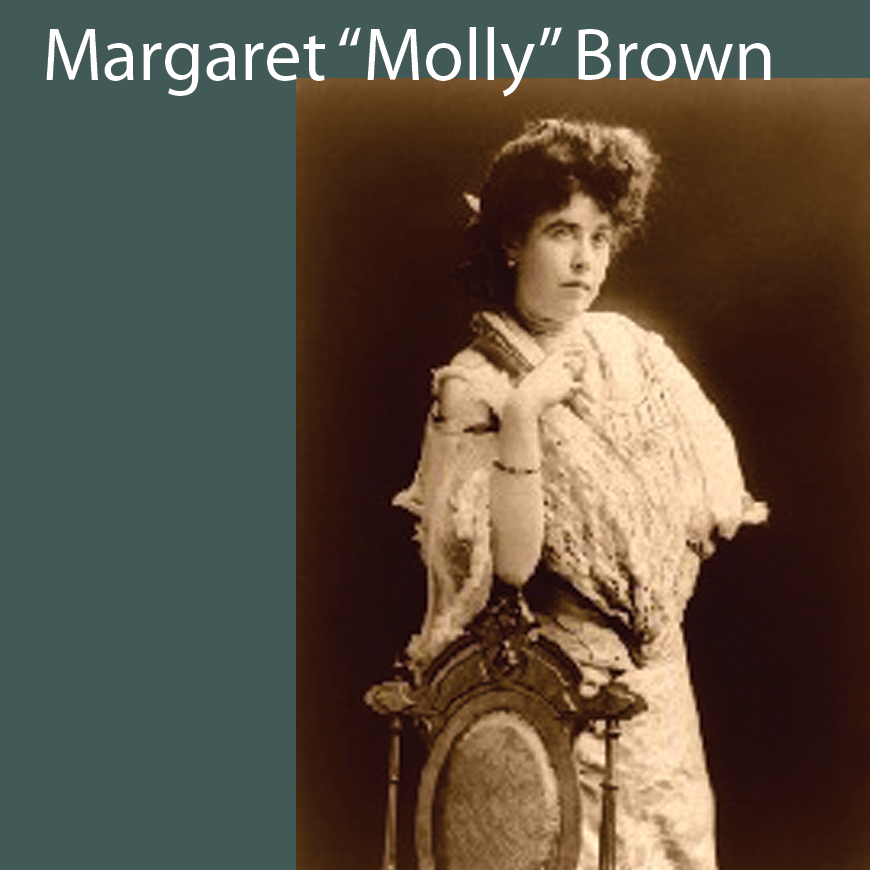
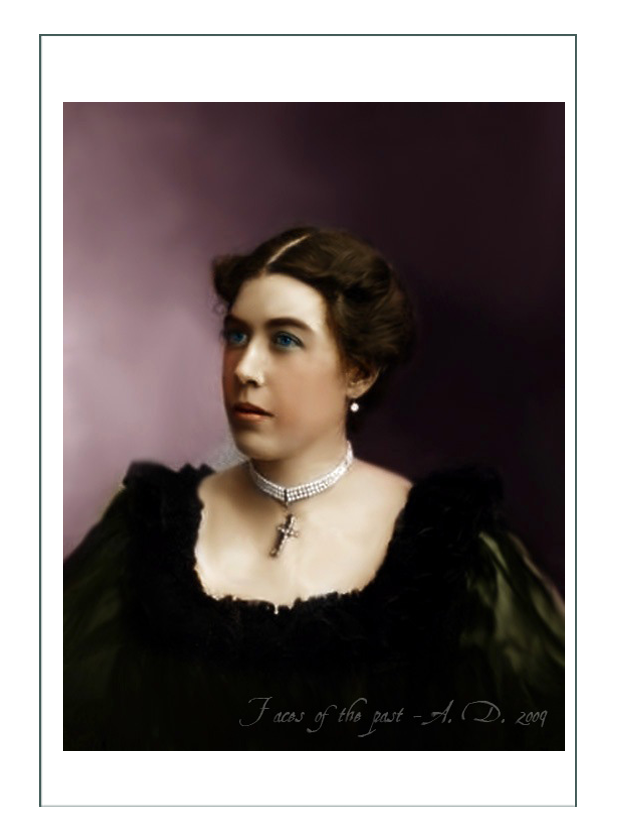
We won’t go into extensive research on her here, but will focus on those aspects of her that made her a “Titanic”. If you study the Historical Context pages for this project first, and then the Fashion Trends of the Day, you’ll find a “Titanic” woman such as were epitomized by Margaret Tobin (aka “Molly Brown) all had or were:
- Elite due to either titled nobility or new found wealth such as America’s “nouveau riche”
- Lots of money; expendable wealth
- Time and the means to travel – a lot – around the world
- Access to Parisian fashion designers (direct or through friends)
- Leisure time
- Ability to perservere in the face of hardship
- Friends and Connections – lots of them
- Ability to drink heavily and party hearty
Margaret Tobin had these and more. See her pages on the Historical Context Page.
Click here to go to Historical Context page (next)
Click here to go to Fashion & Women’s history page
Click here to go to Design Development page
Continue below to see the finished project

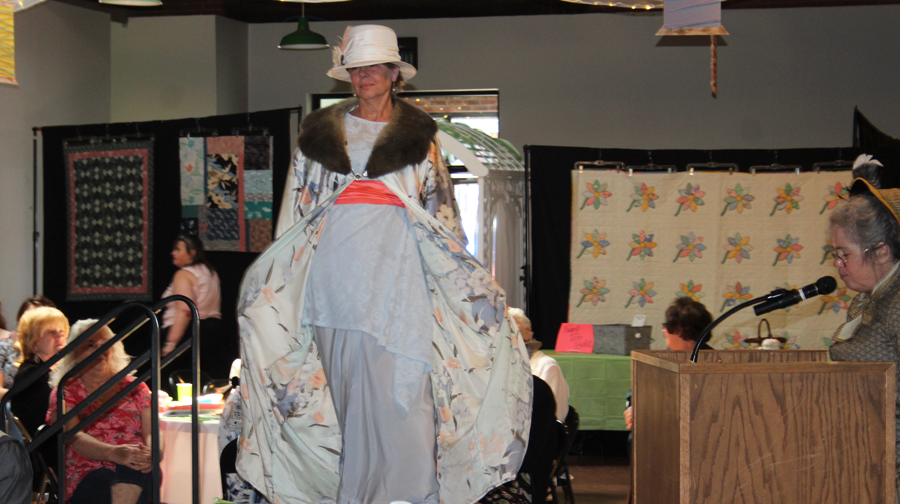
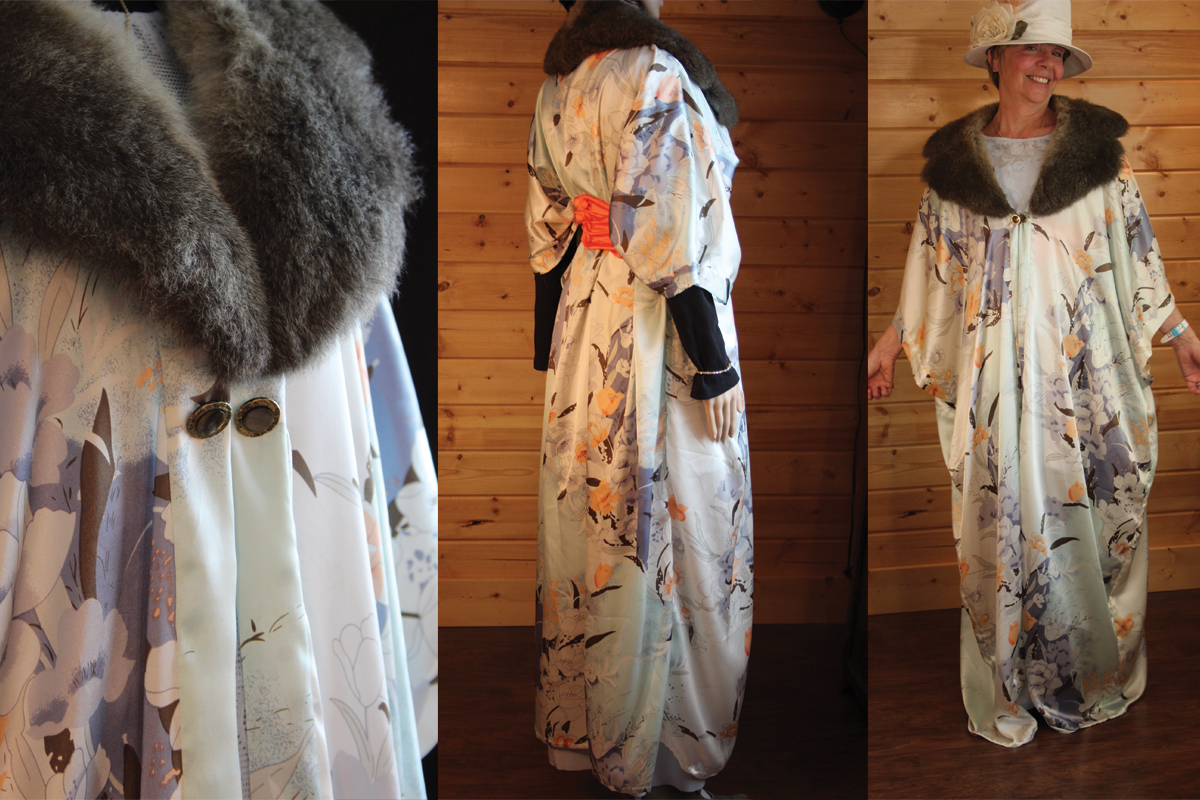

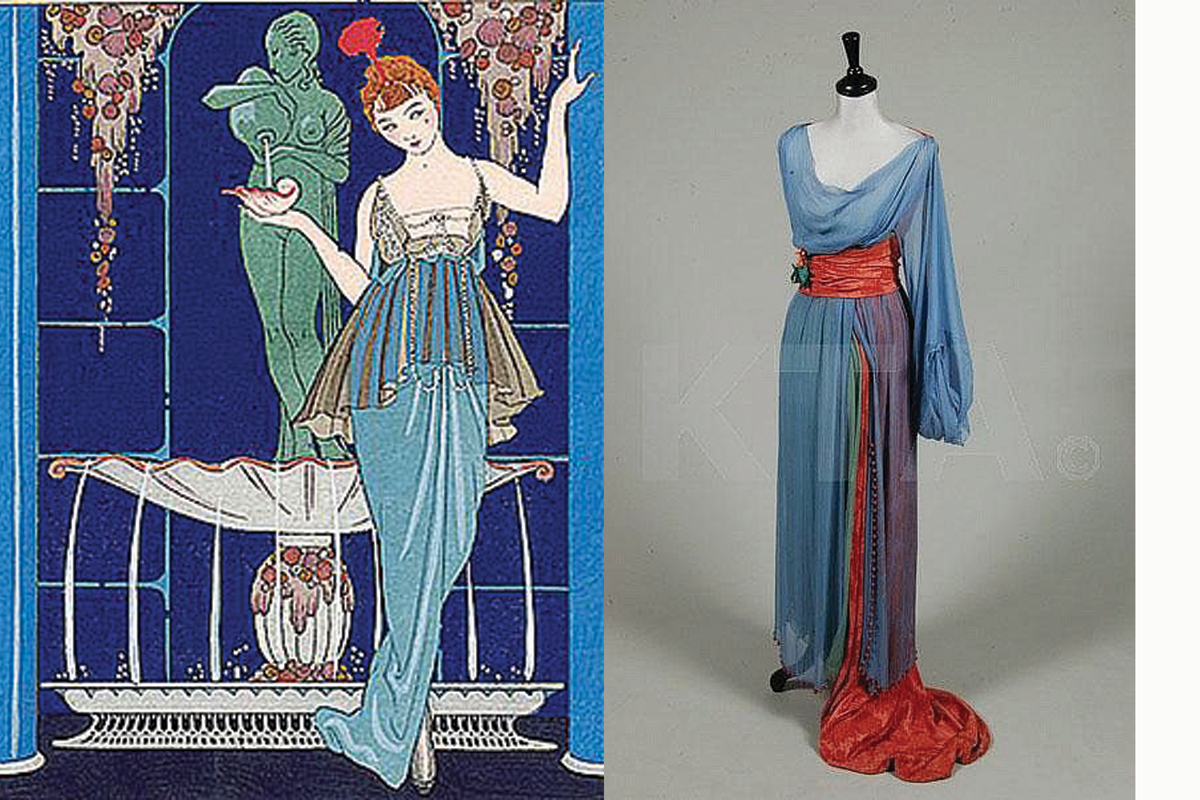
Final Fabric Selection
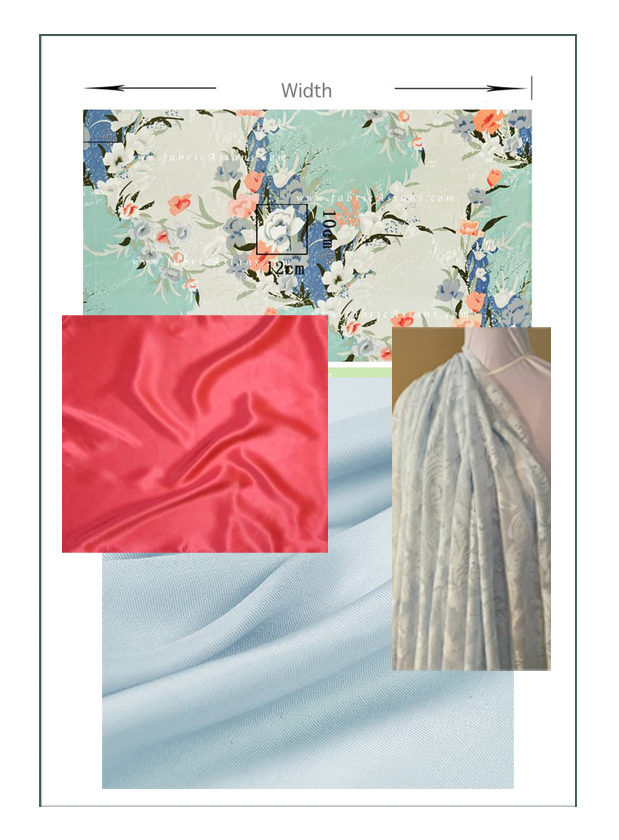
Final Ensemble Sketch with Undergarments
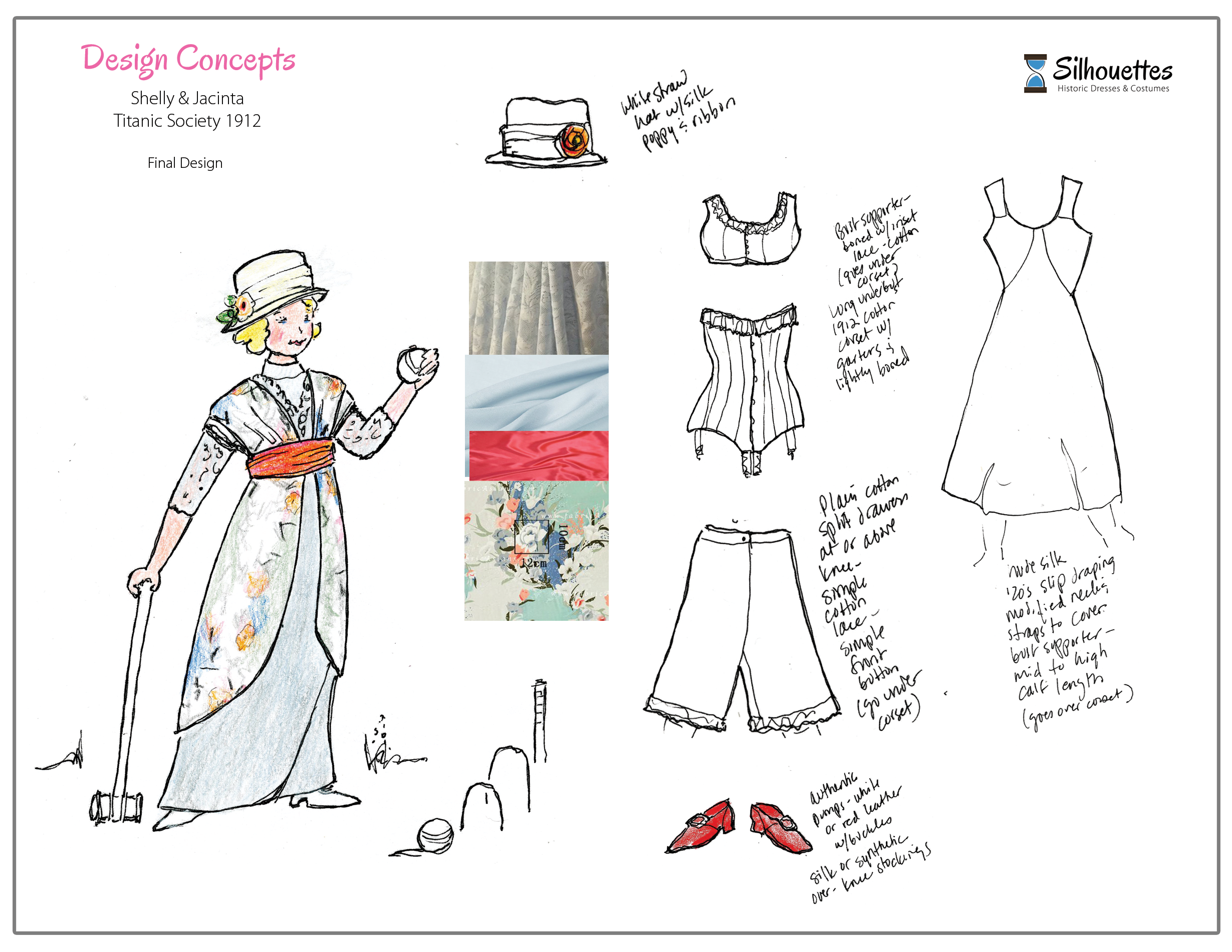

Bust Supporter & Long Corset
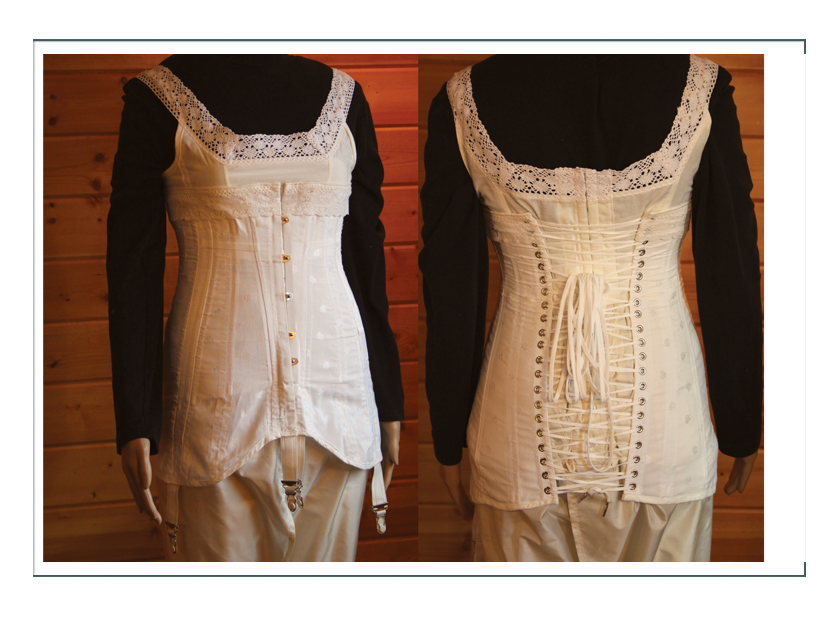
Our model’s corset is the long line underbust model; the latest thing in 1912, but without much ornament or fuss. It is of cotton single layer couteil with cotton lace and would have been available from catalogs. The intent is to show off sweeping curves of the body, and does not shape anything except to smooth – again, just like corded stays of 1805. Some corsets were in fact only corded at this time too.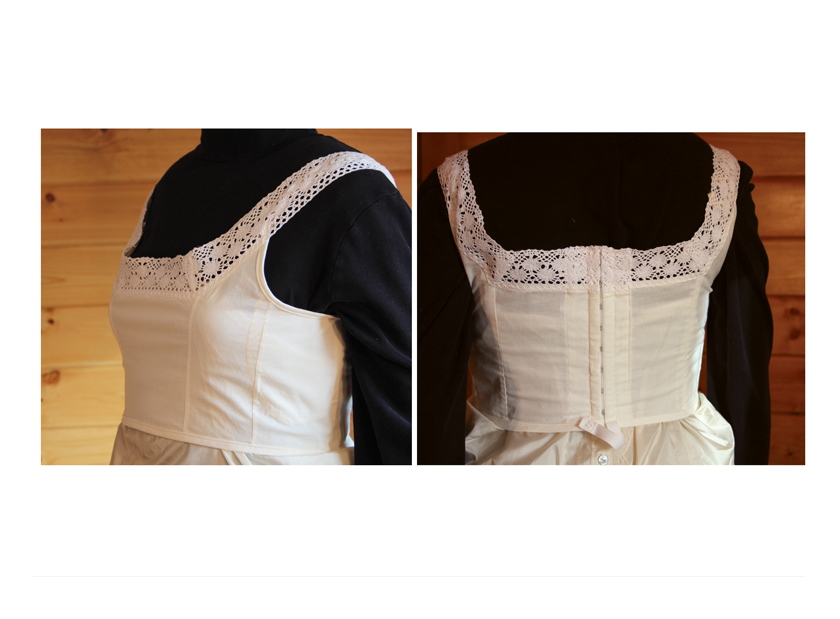 She wears a “bust supporter”, a very familiar under the bust sleeveless bodice that covers and supports the breasts which were now exposed entirely. It was a style best suited for smaller women, and larger women bought “bust reducers” to minimize their fullness to get the silhouette.
She wears a “bust supporter”, a very familiar under the bust sleeveless bodice that covers and supports the breasts which were now exposed entirely. It was a style best suited for smaller women, and larger women bought “bust reducers” to minimize their fullness to get the silhouette.
The corset has garters to hold up over the rayon knee stockings. She has AUTHENTIC leather shoes which are narrow and AUTHENTICALLY pinch her feet – just like they did in 1912.
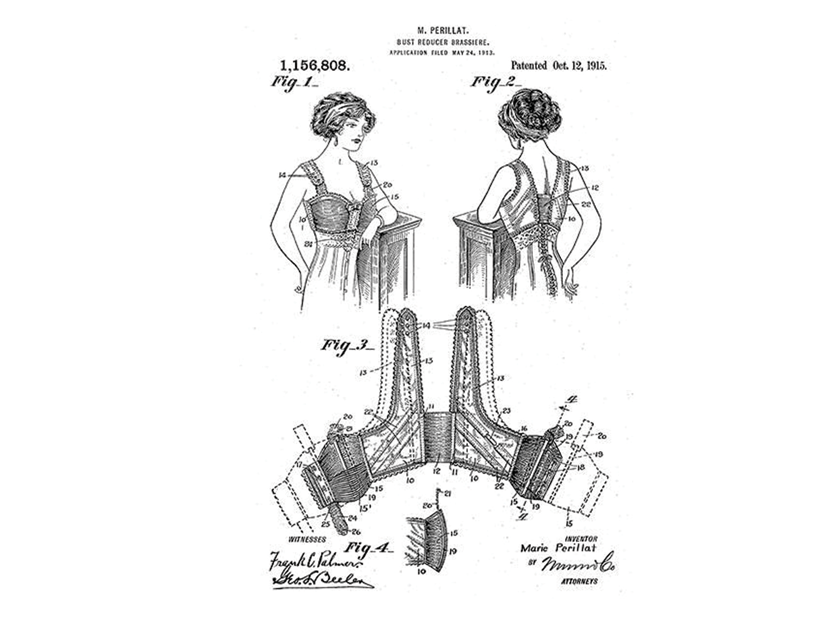
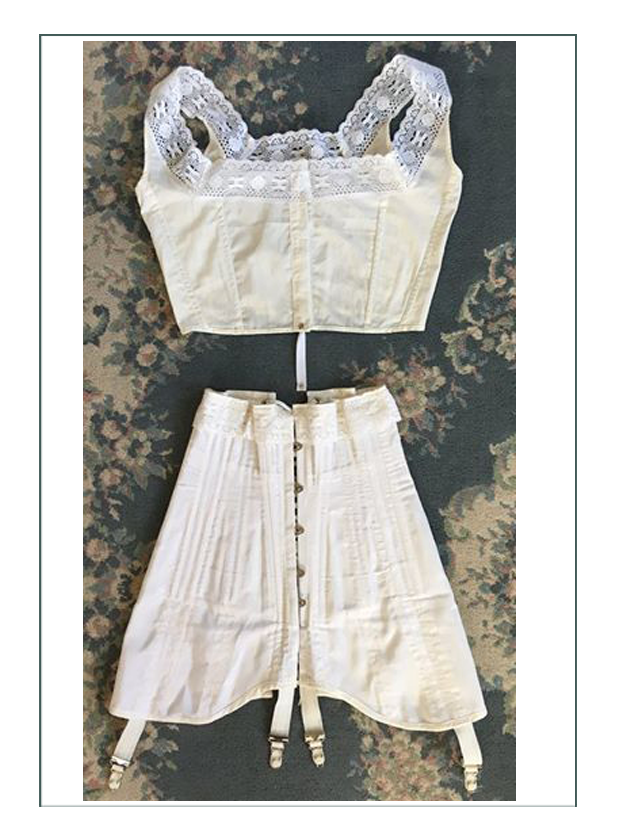
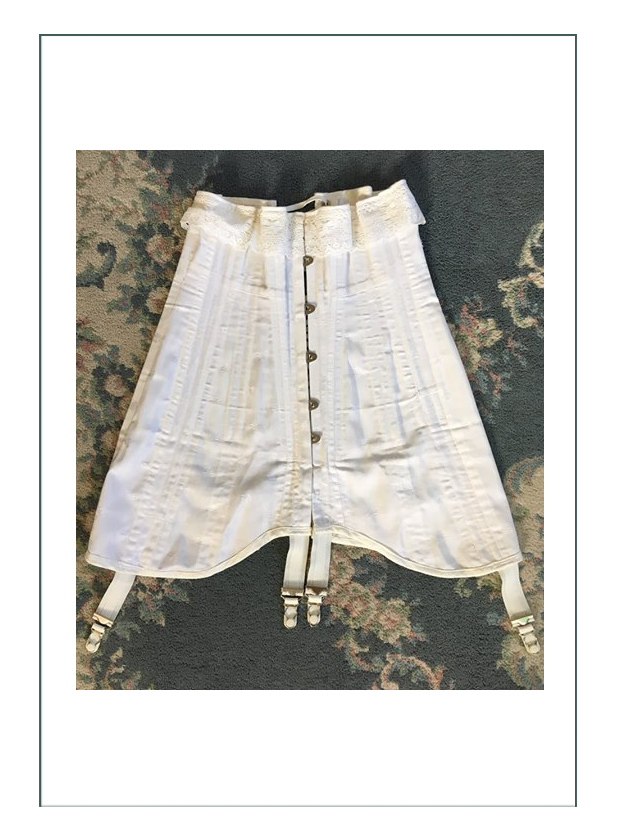
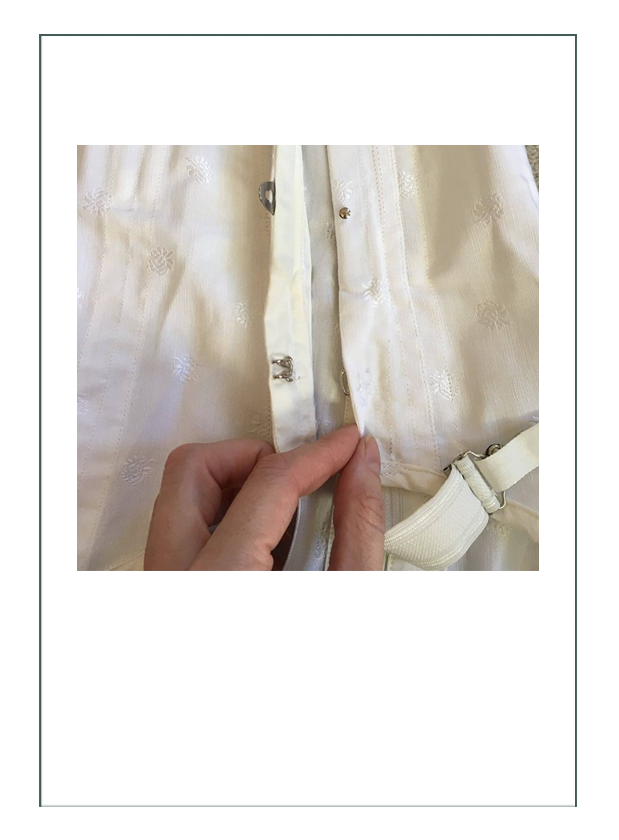
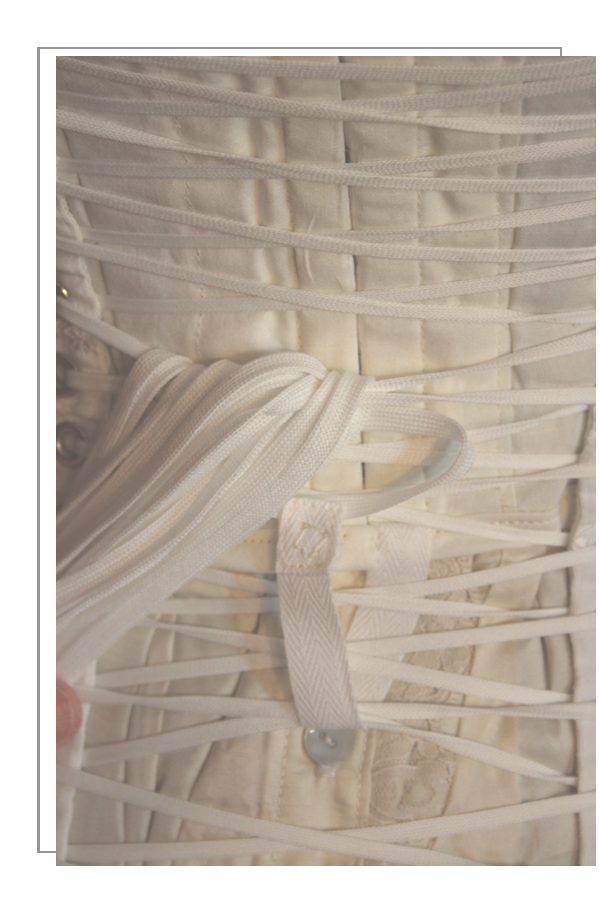
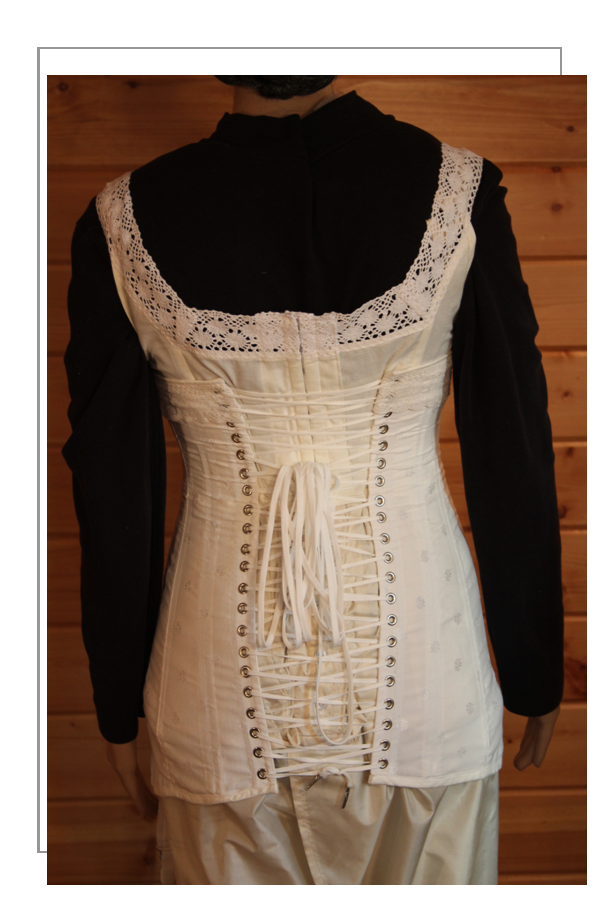
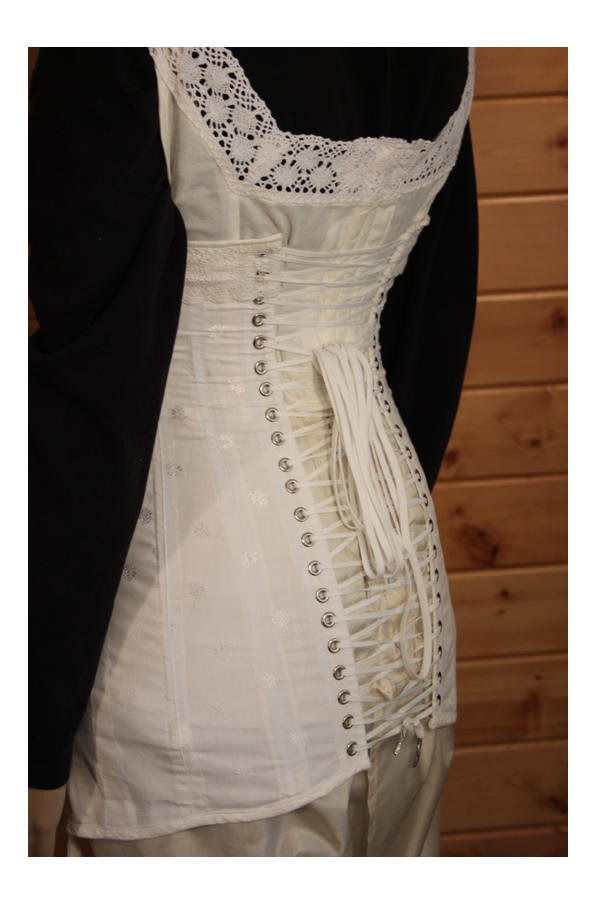
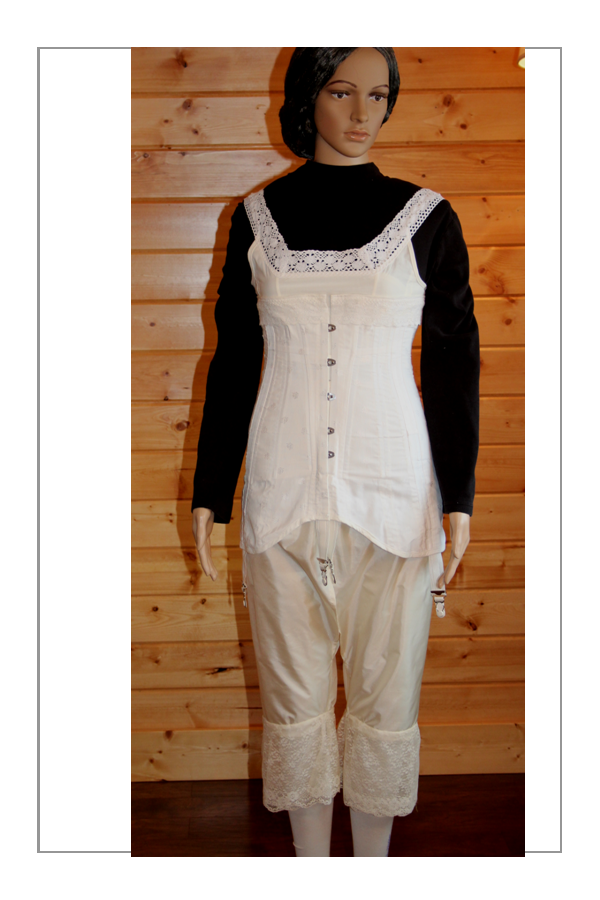
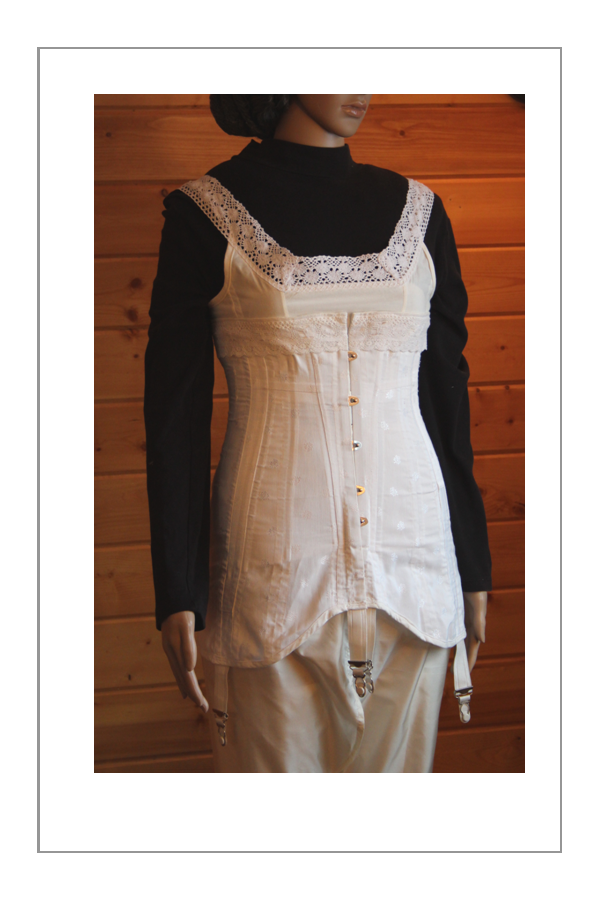
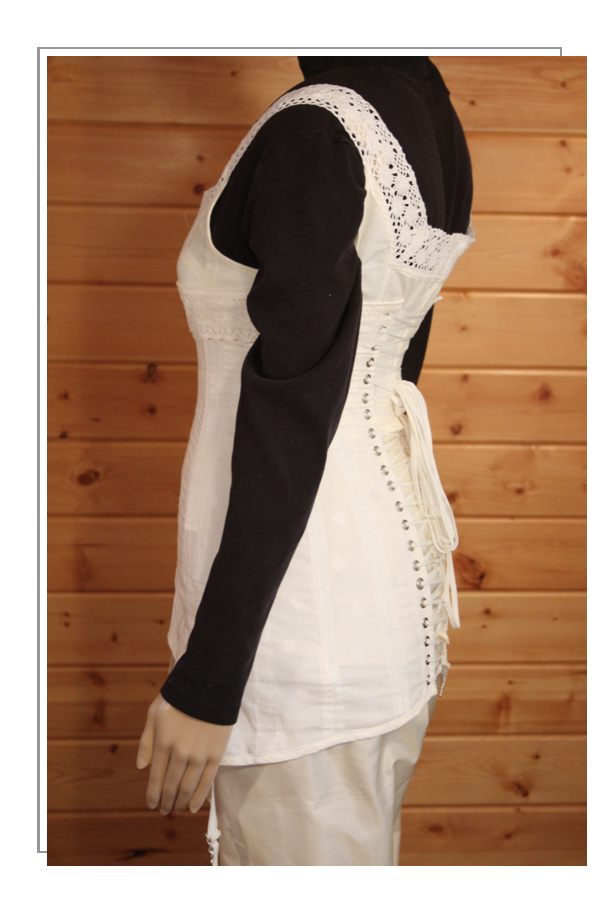
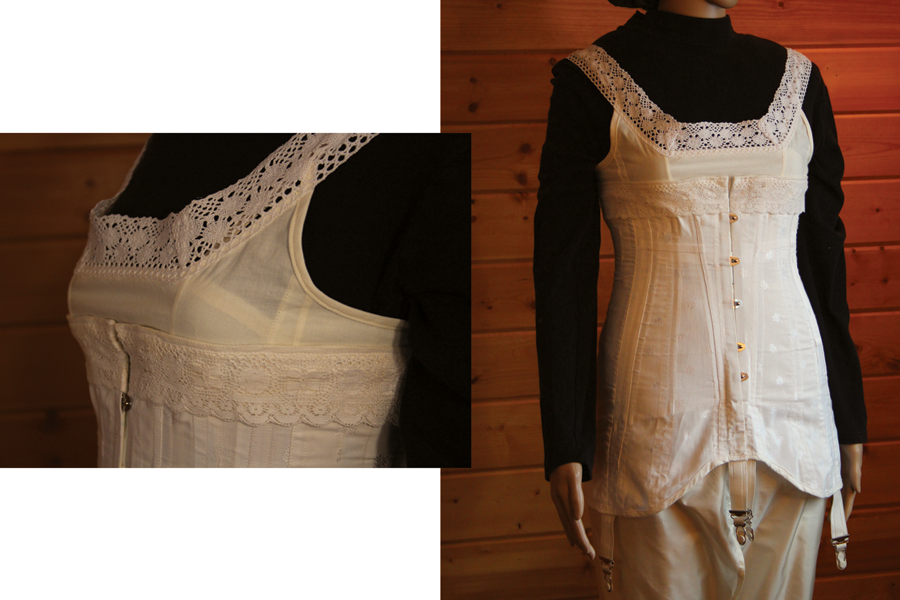
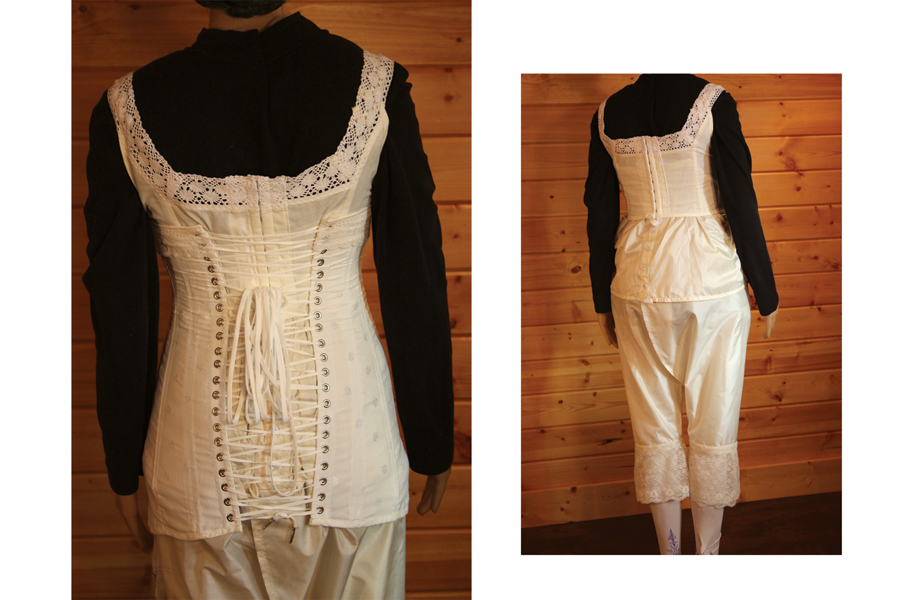
Drawers & Camisole
The next layer down on our model is a pair of knickers – the forerunners of panties. Eventually the camisole and knicker would unite to become the cami-knicker, a figure-skimming slip-like garment which then emerged as a shorter “combination” which is known today as a “teddy”.
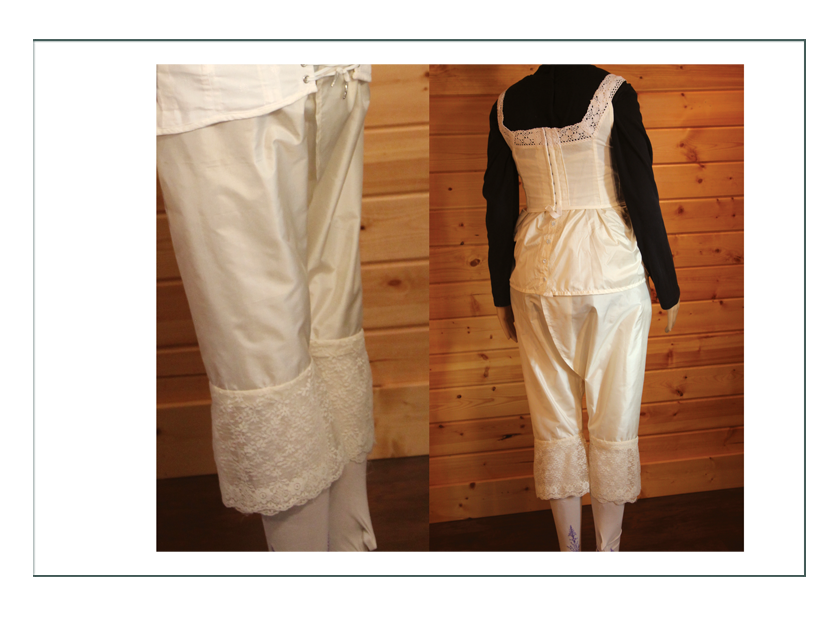
Our model wears silk handkerchief split drawers which are different than their predecessors in their long, slim line, flat lace, and smooth front AND back.
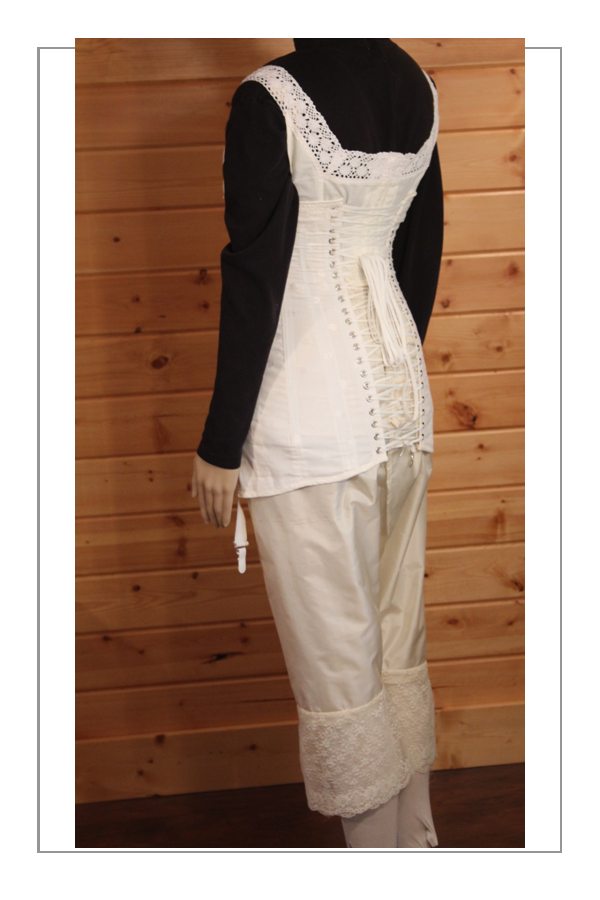

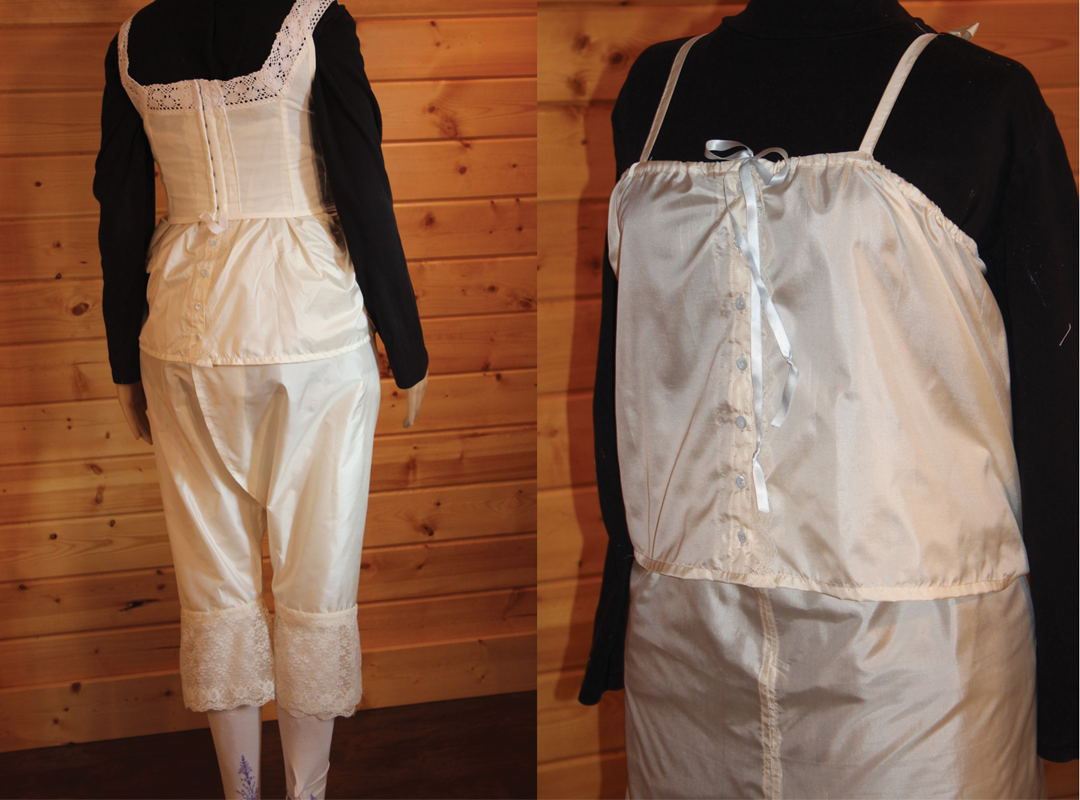
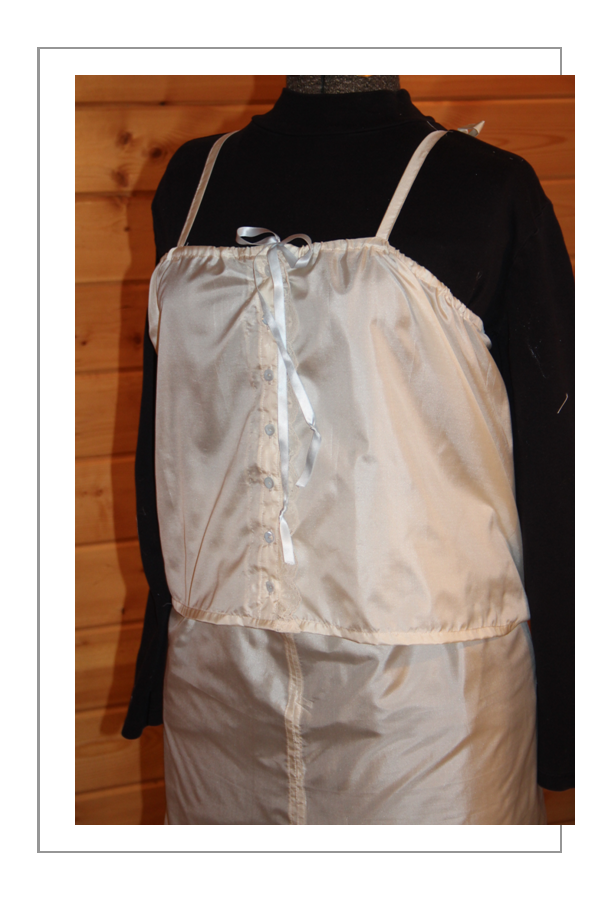
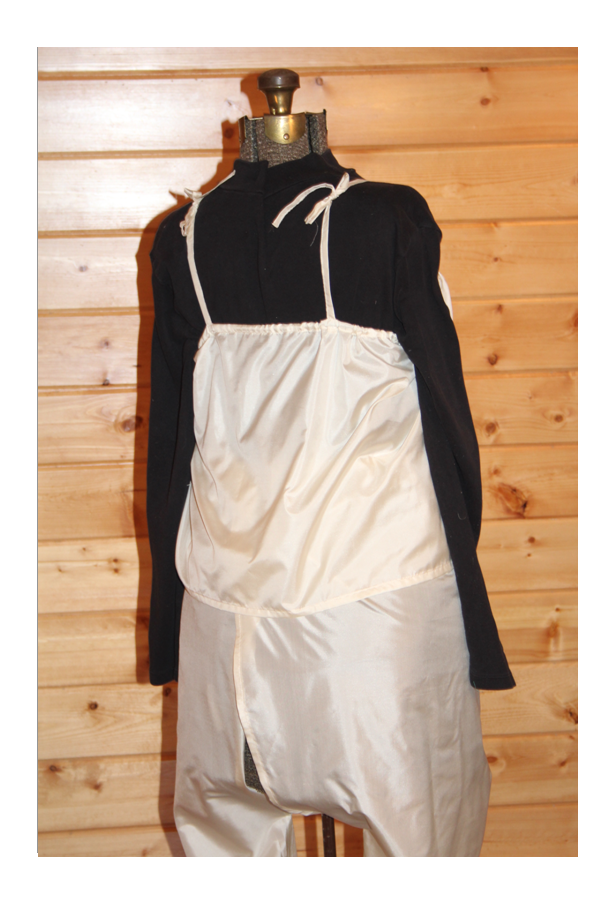
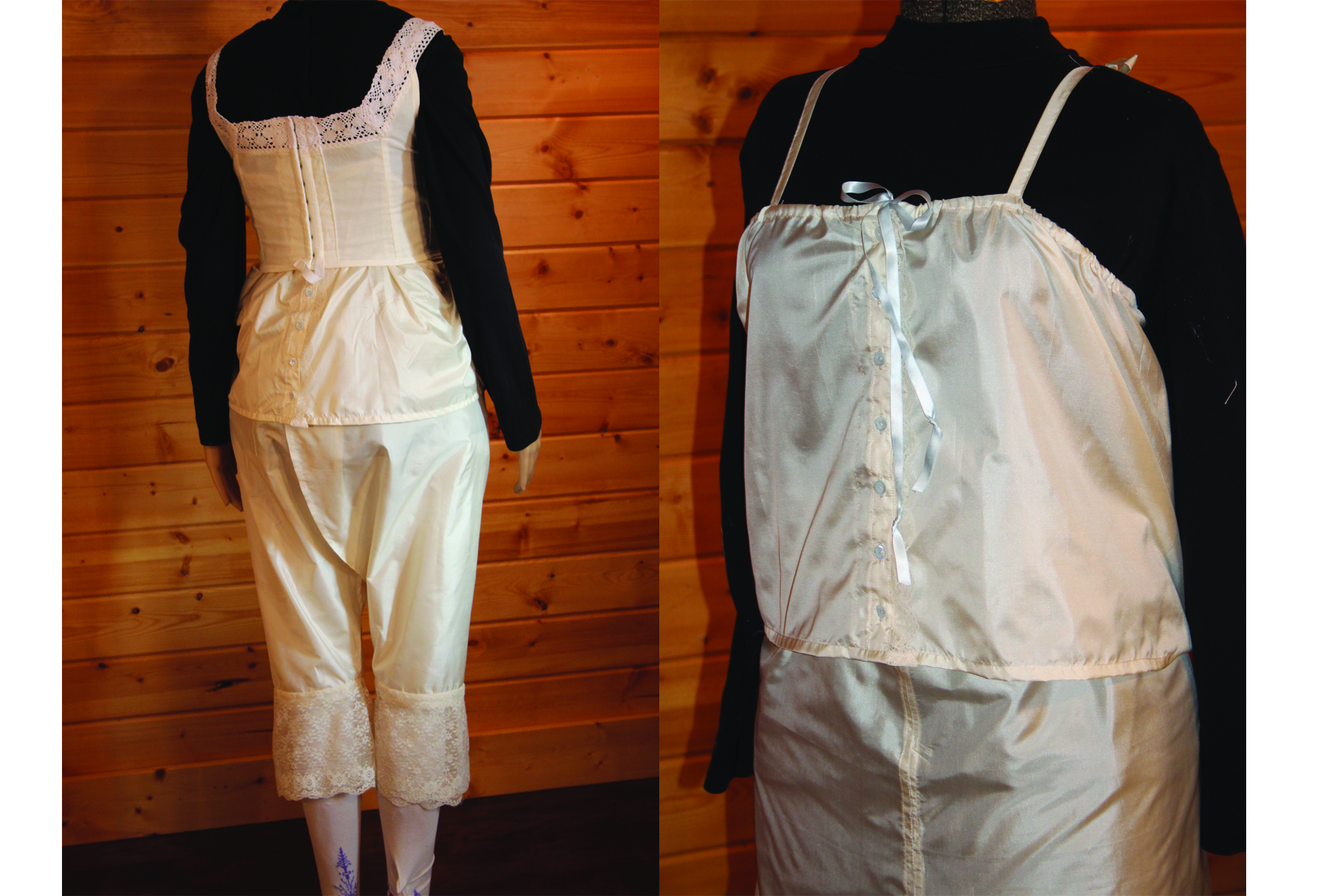
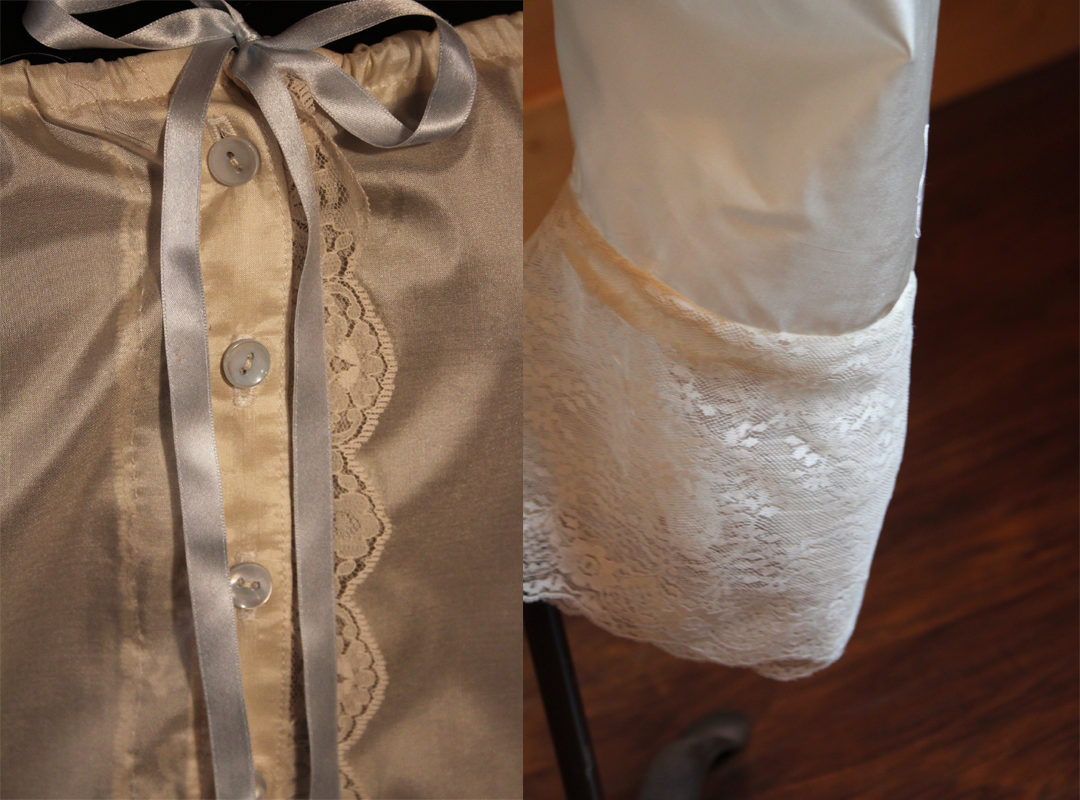
Slip
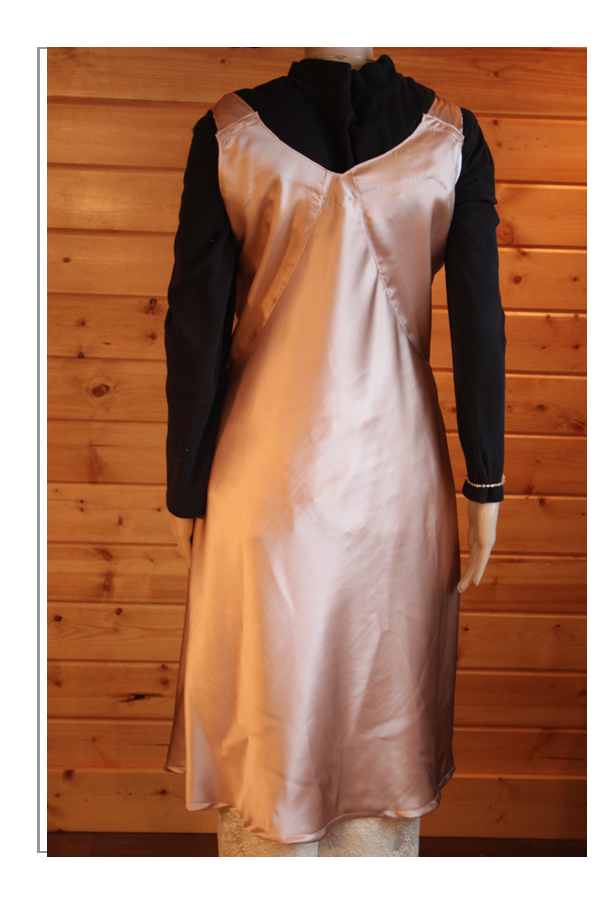
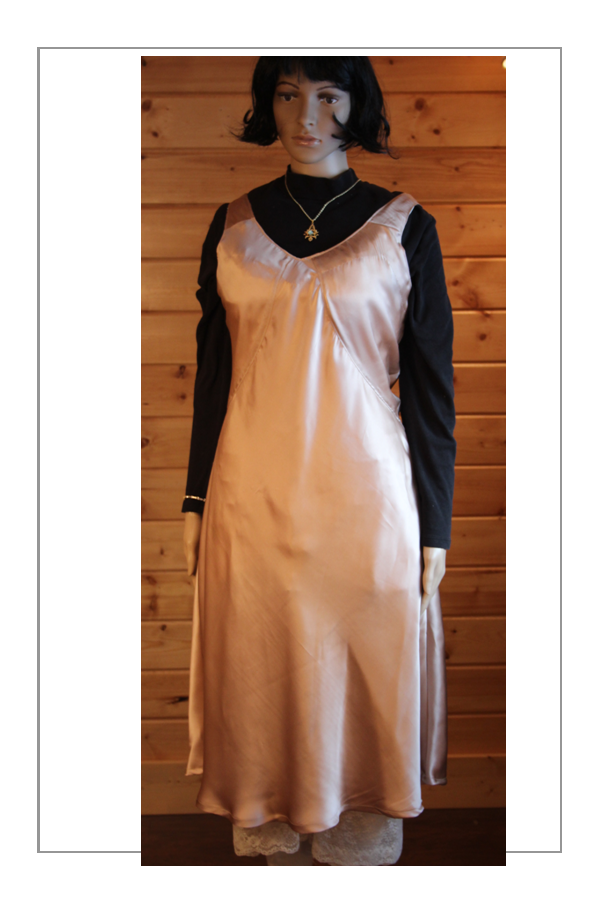
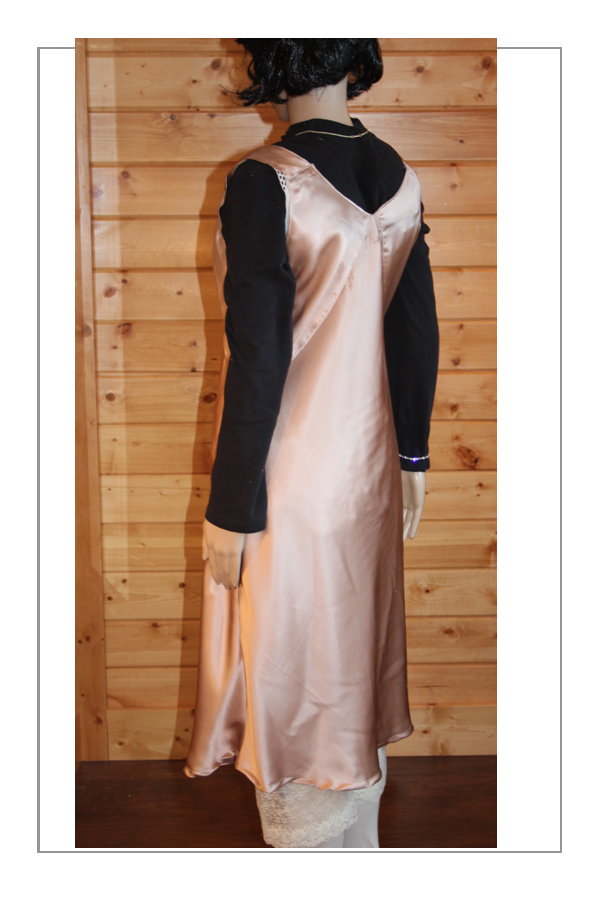
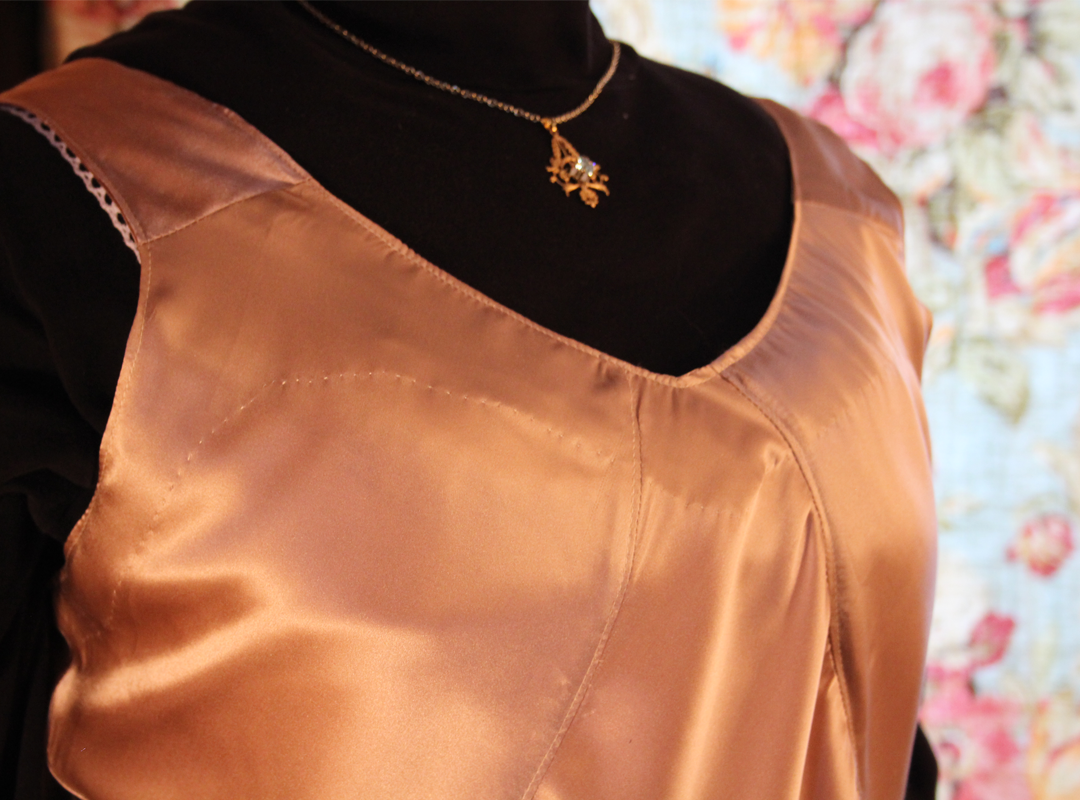
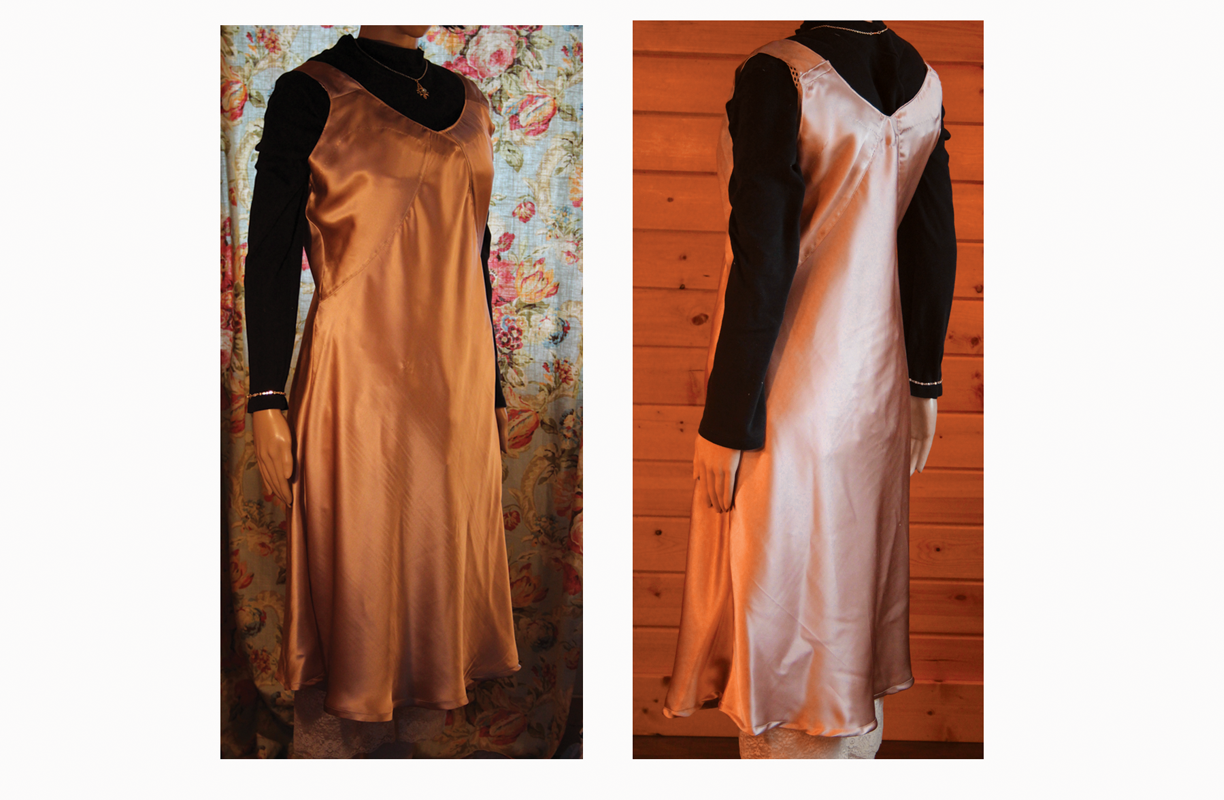
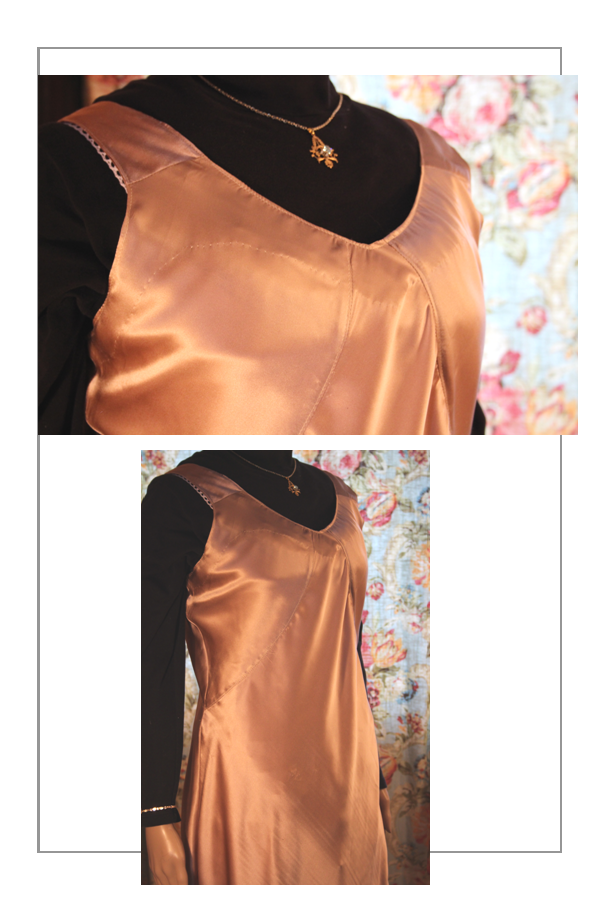
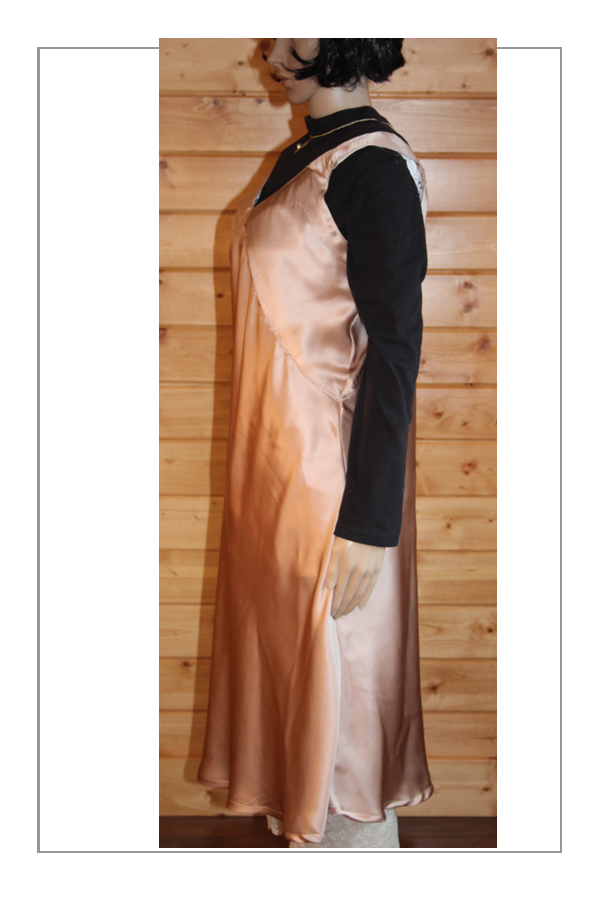

Underdress & Sash
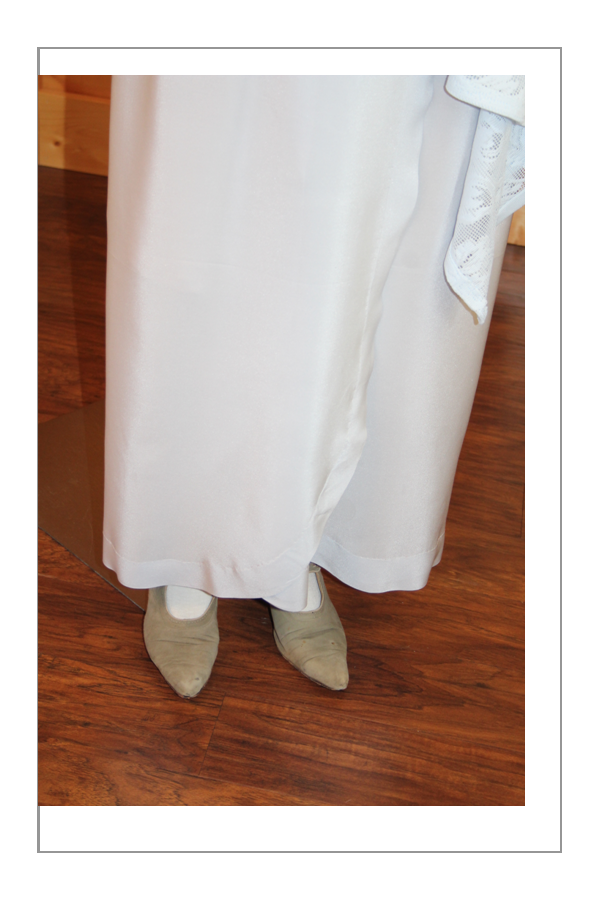
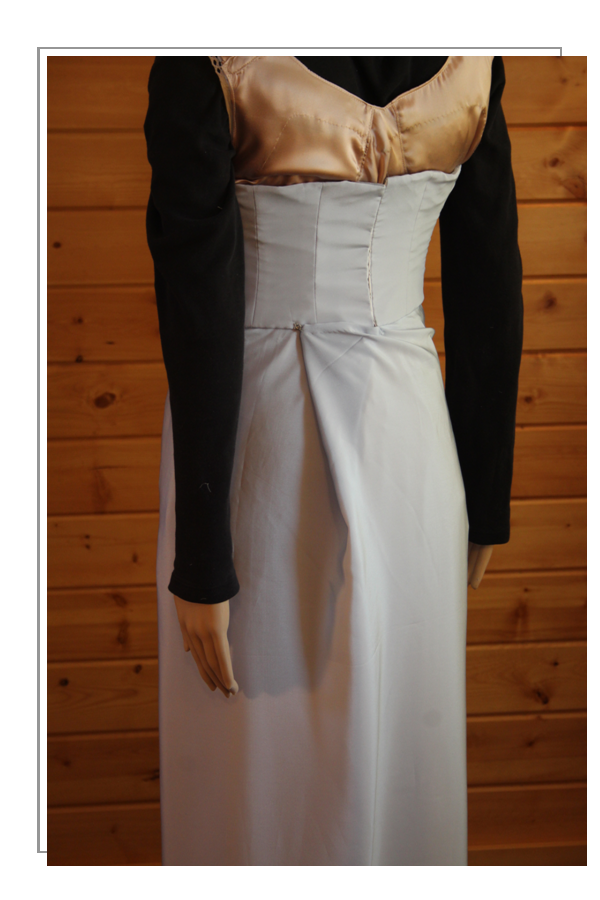
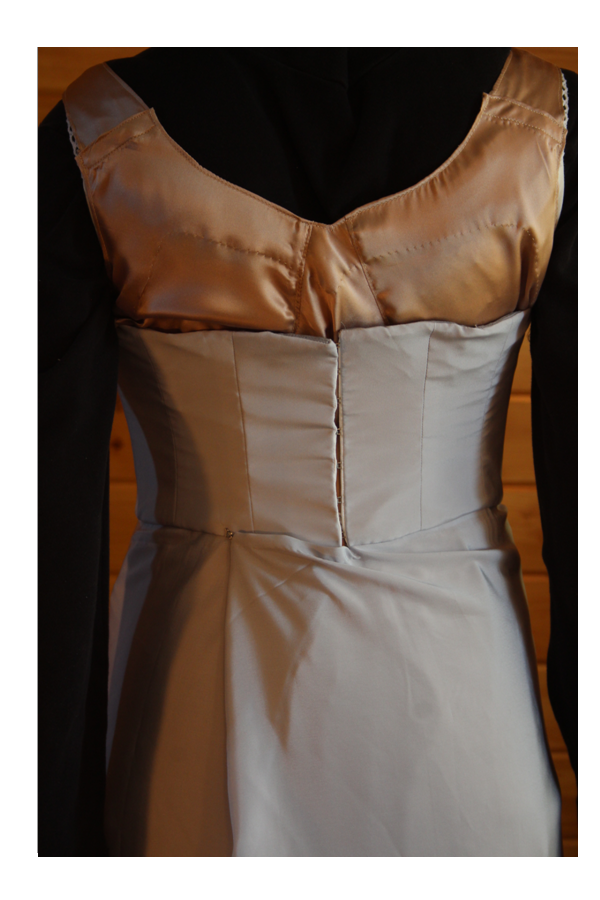
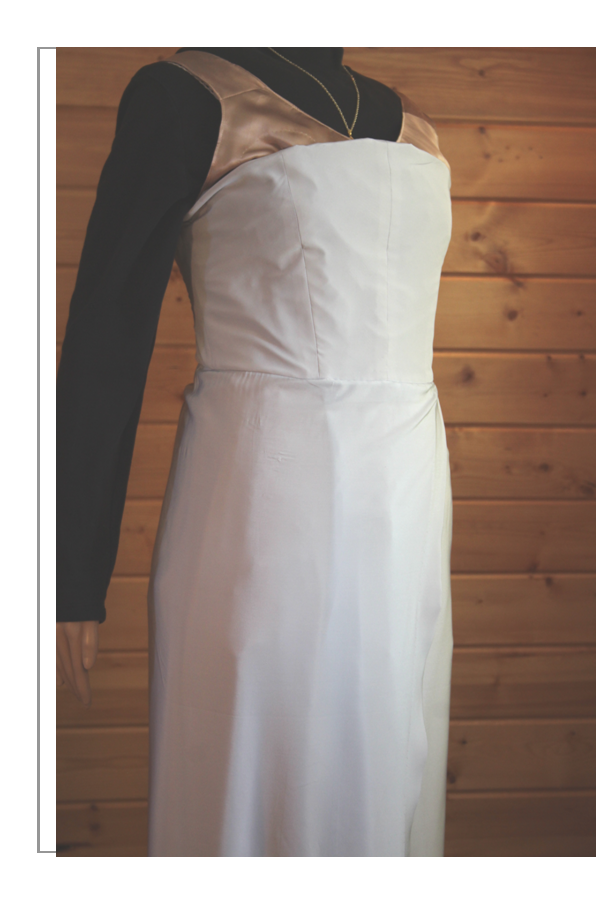
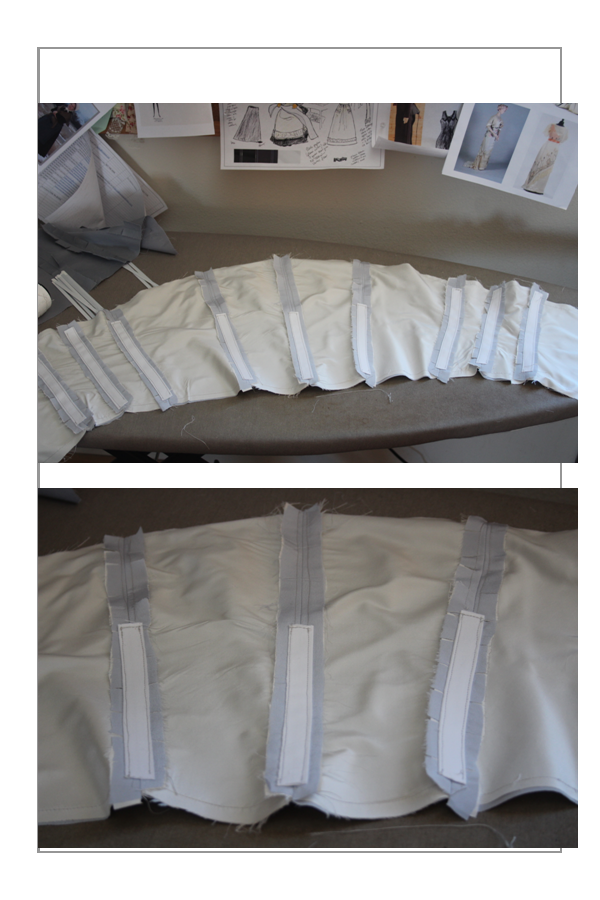
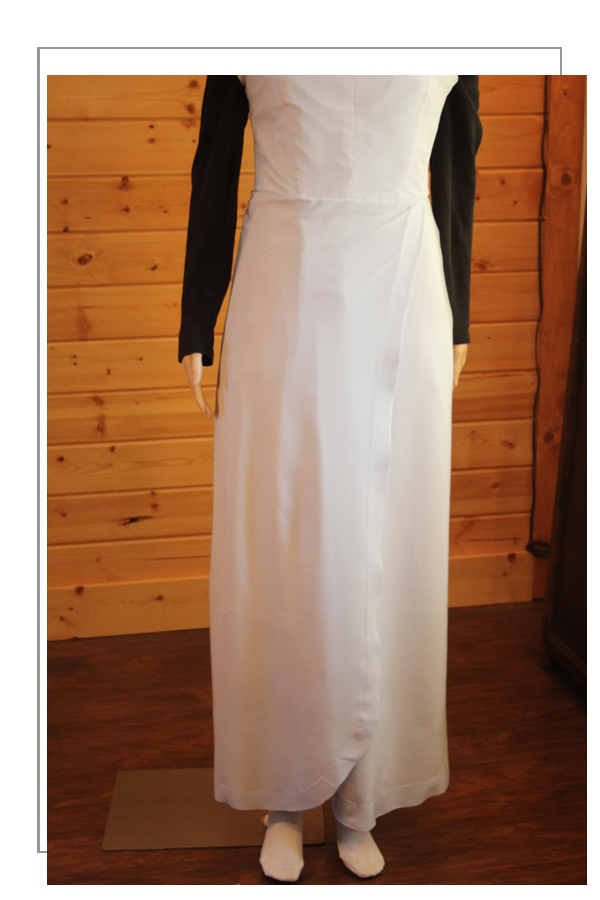
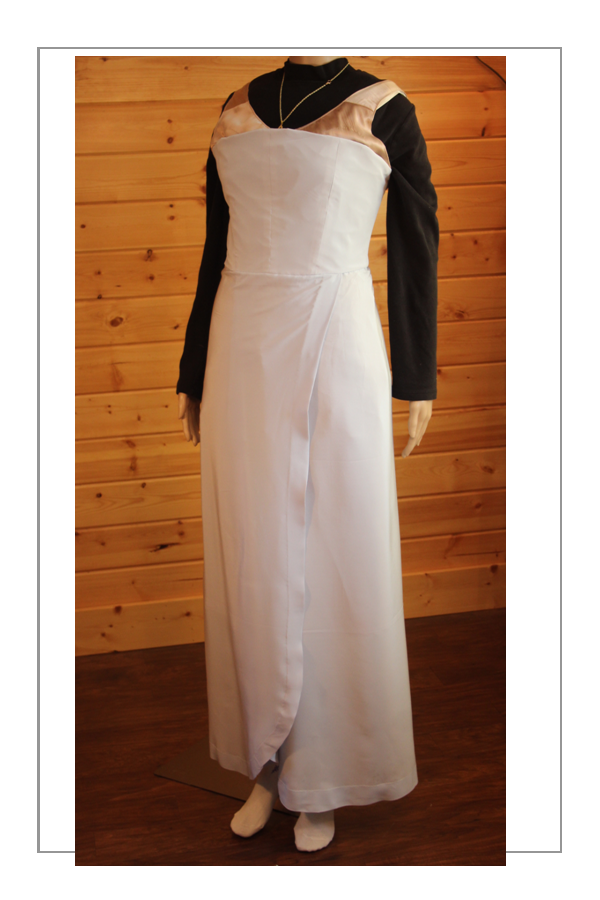
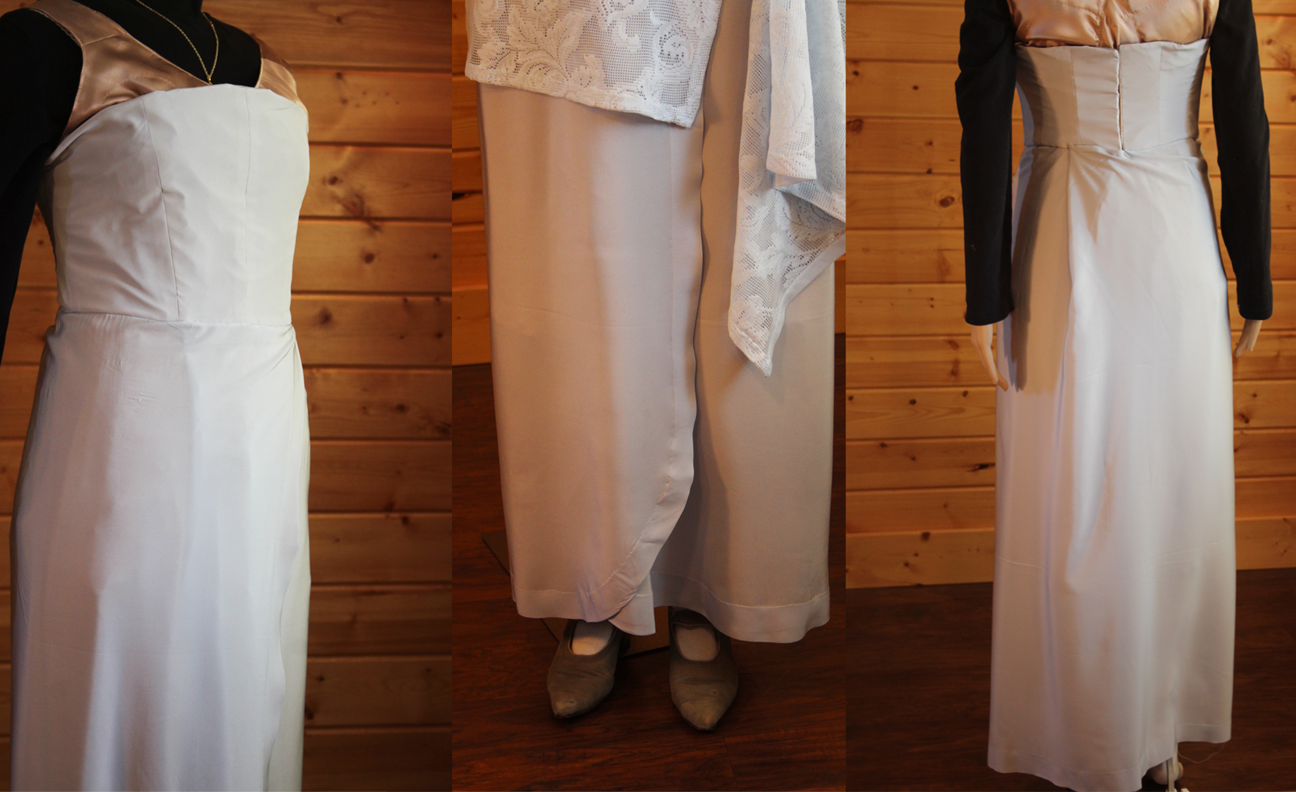
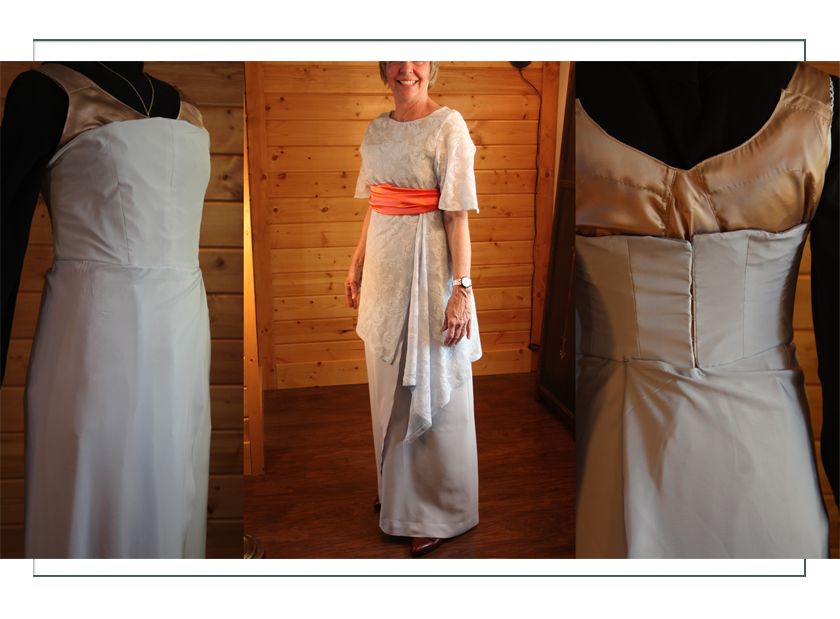
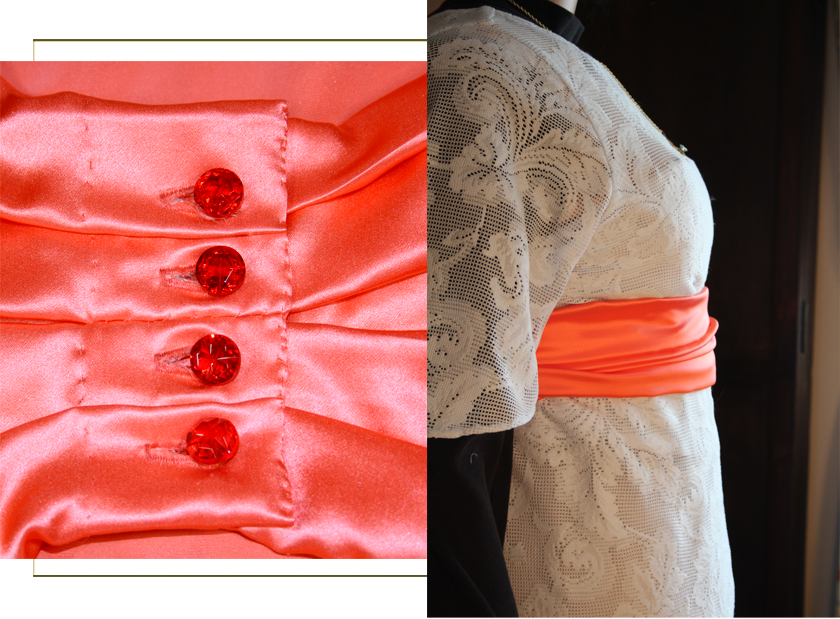
Tunic
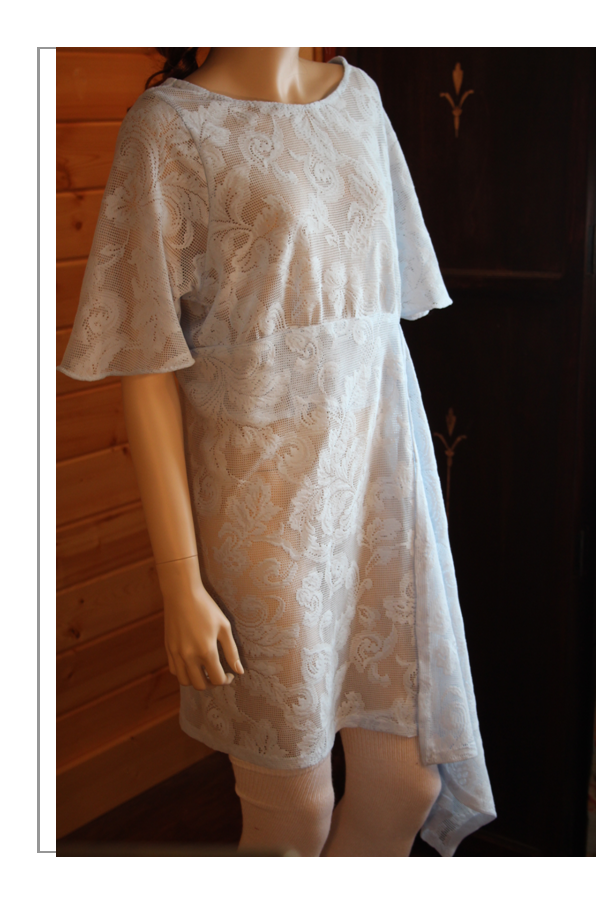
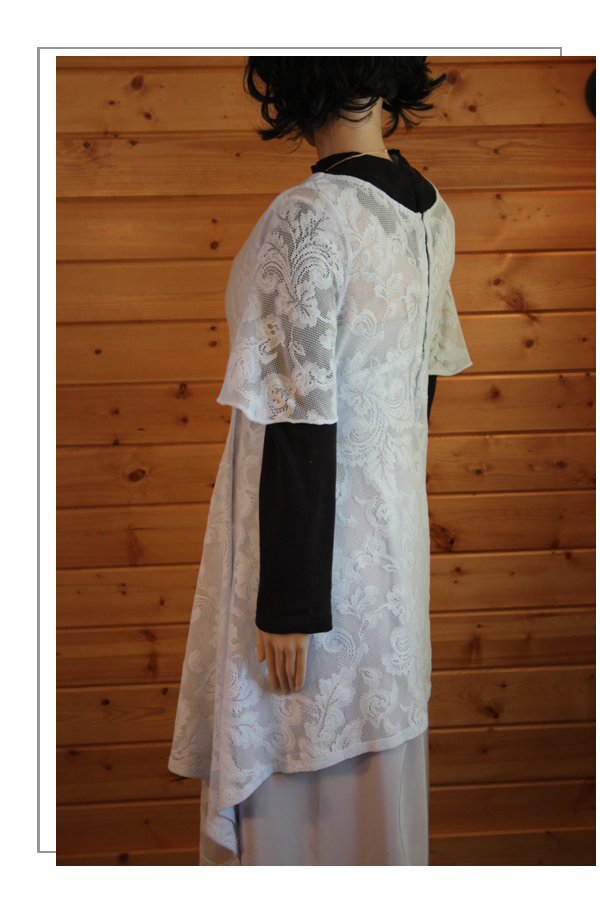
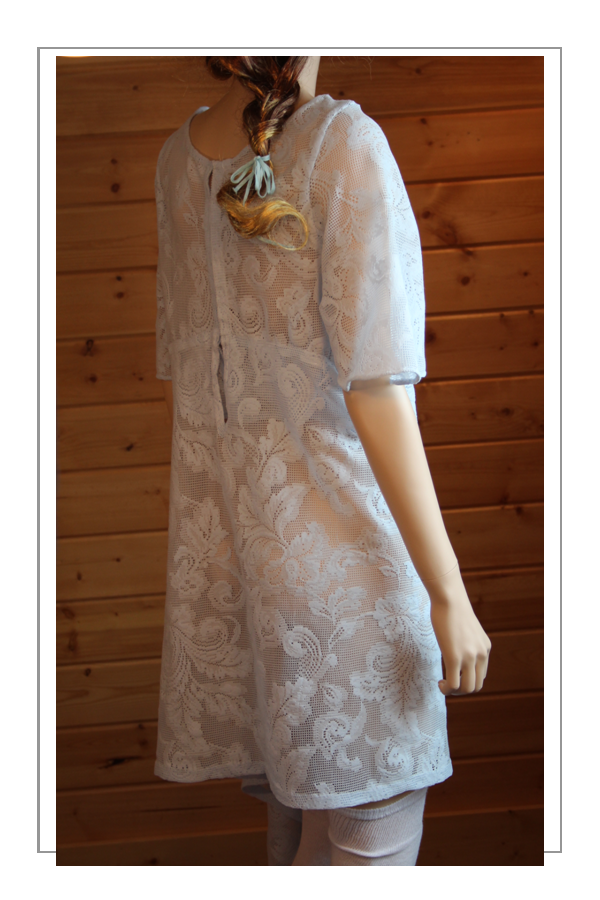
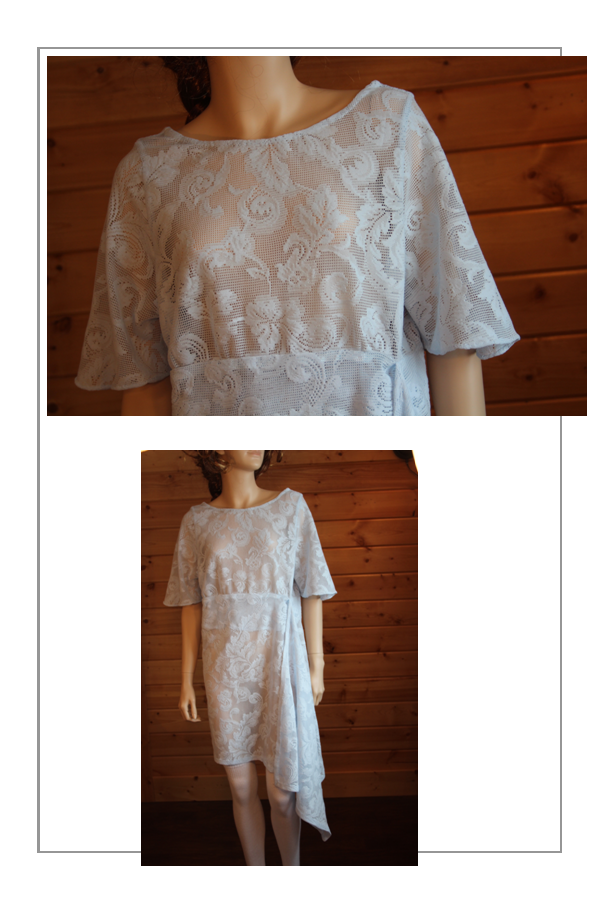
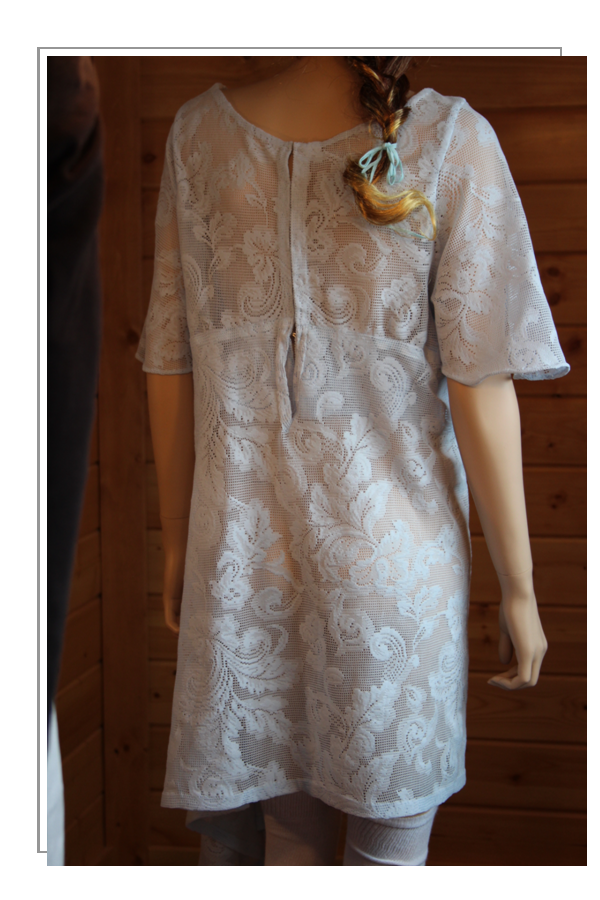
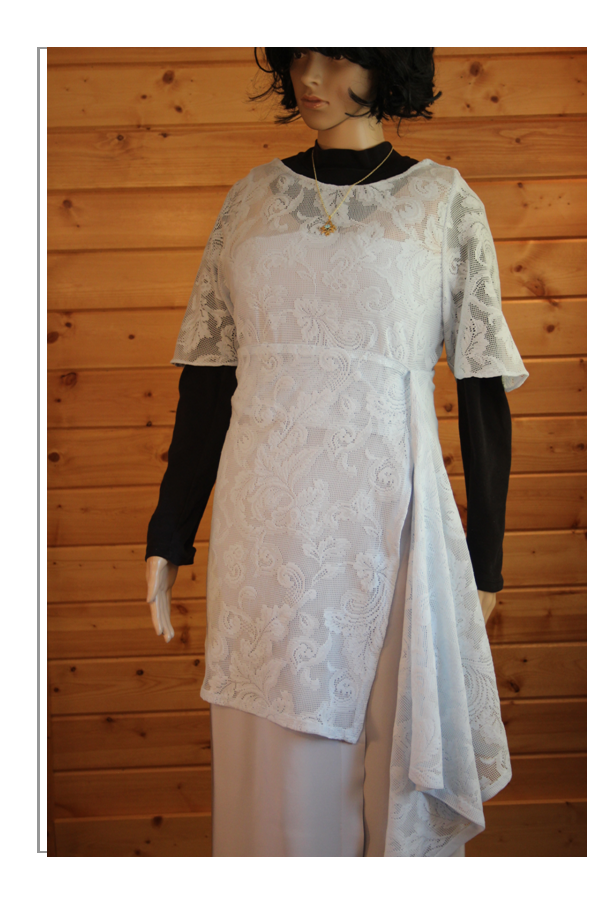
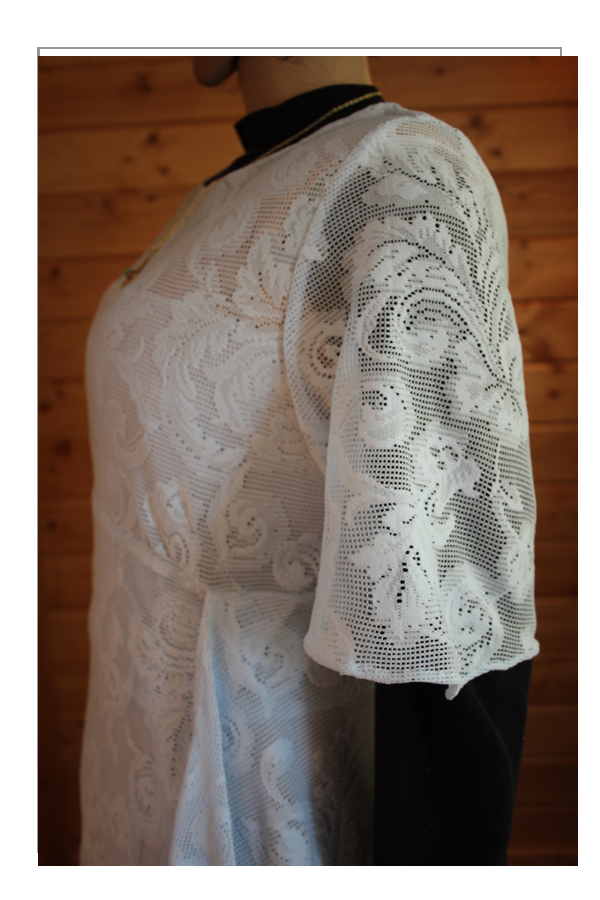
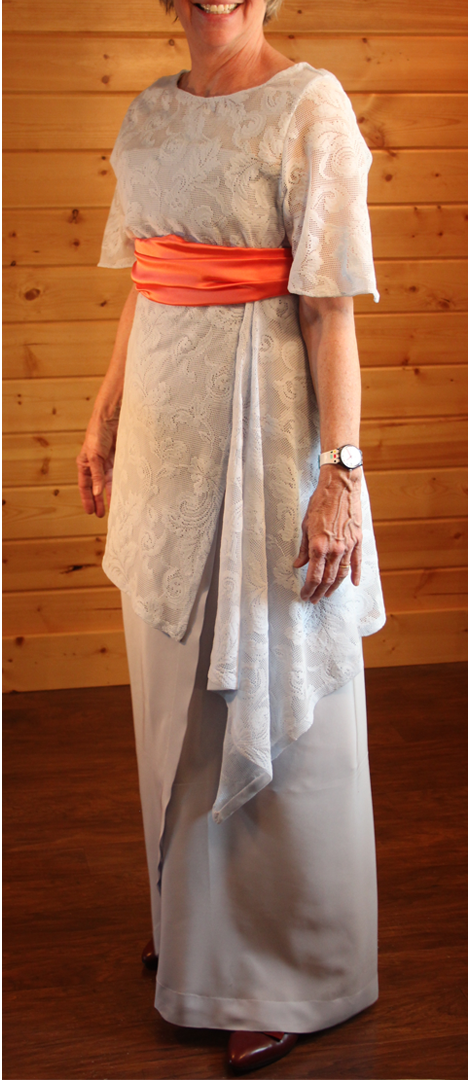
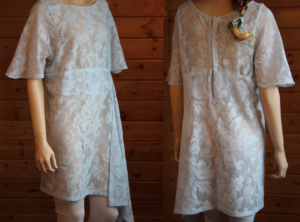
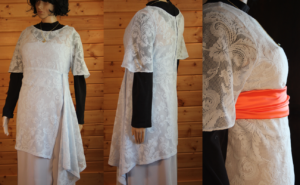
Cocoon Coat With or Without Sash & Kimono Tuck
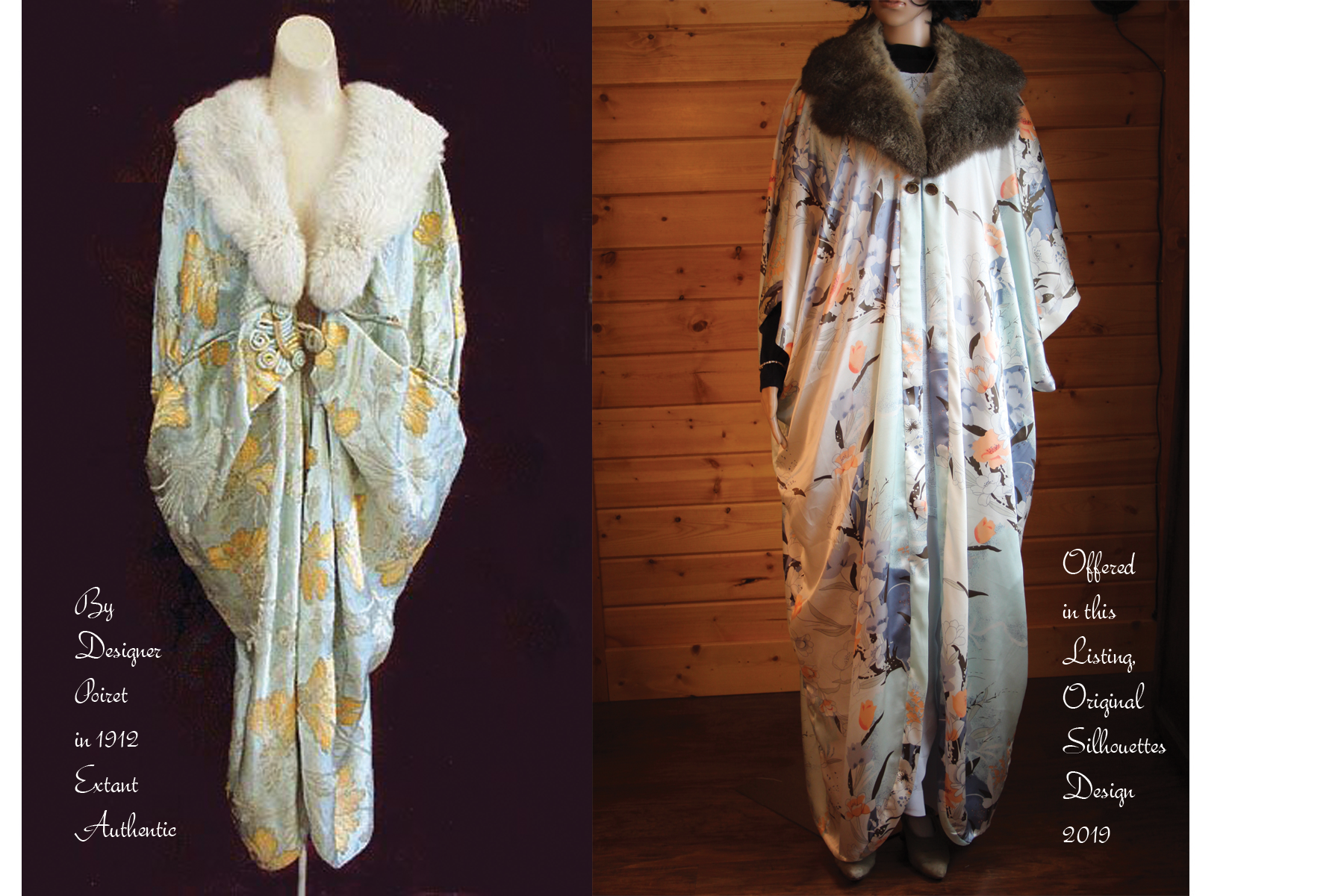
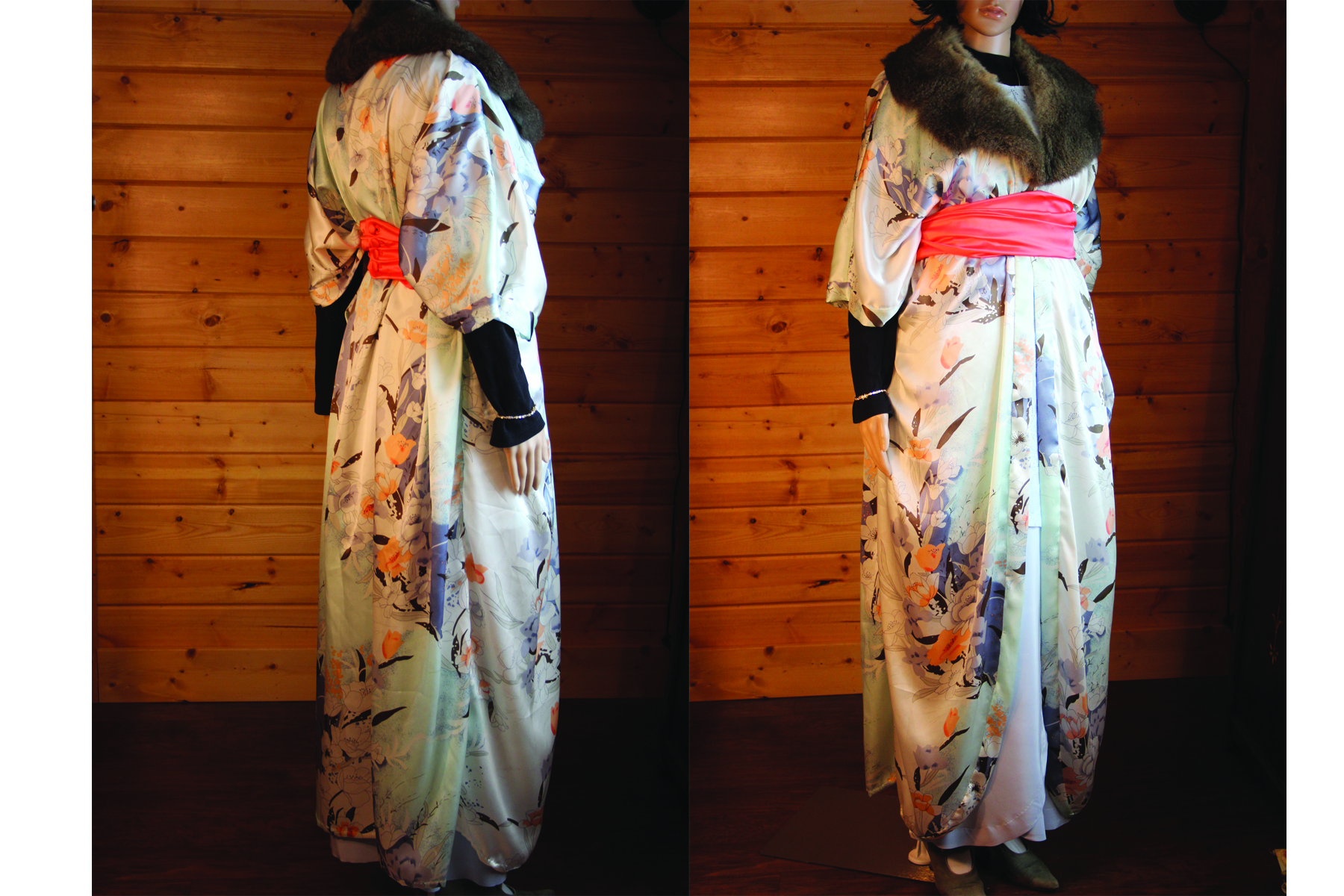
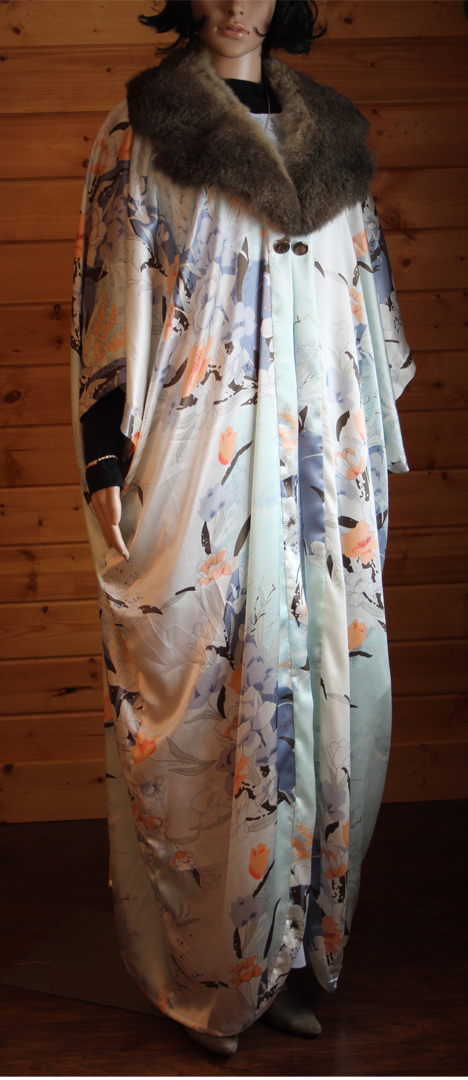

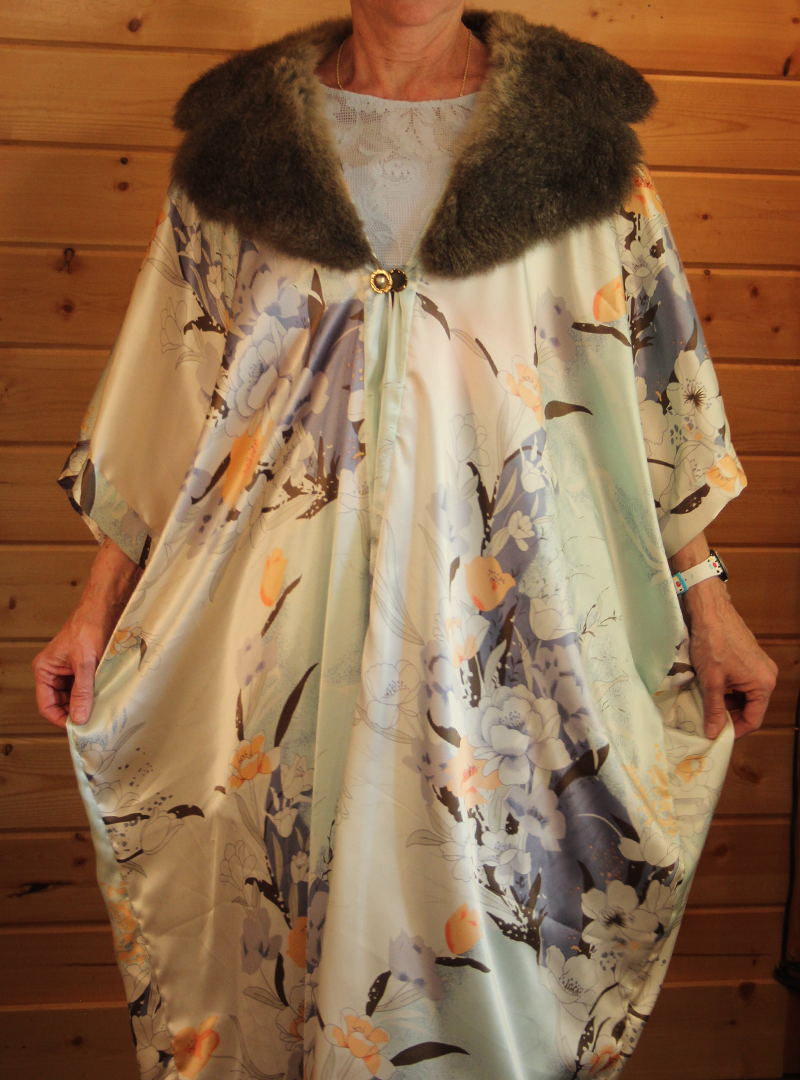
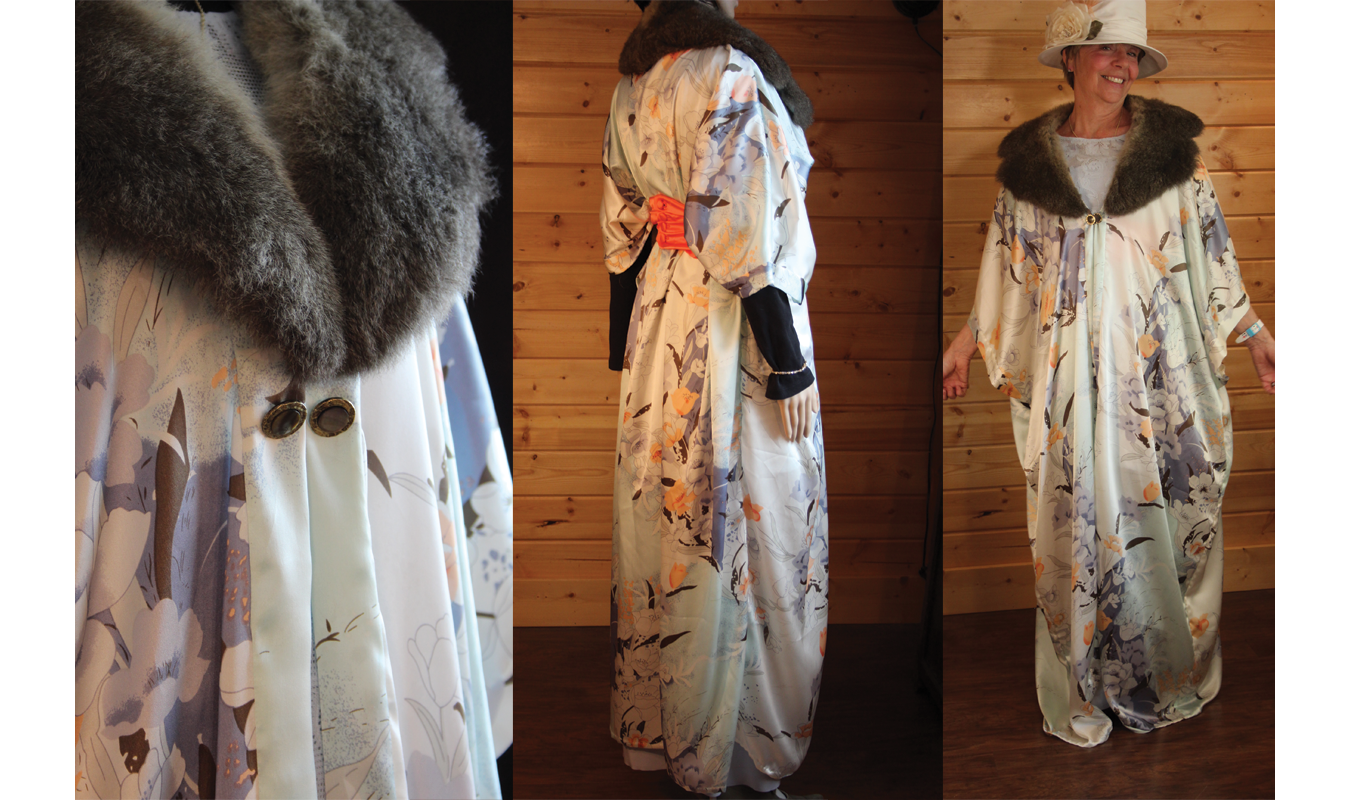
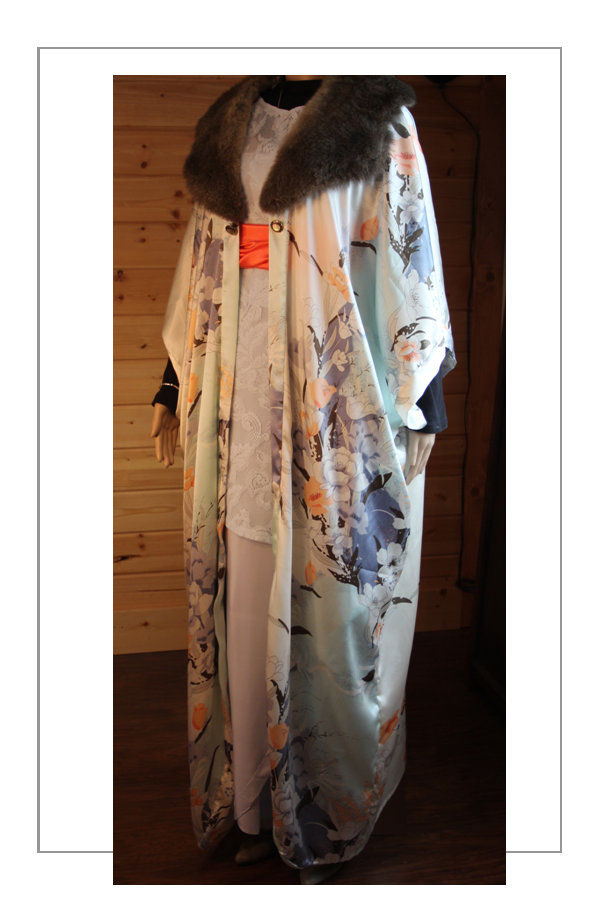
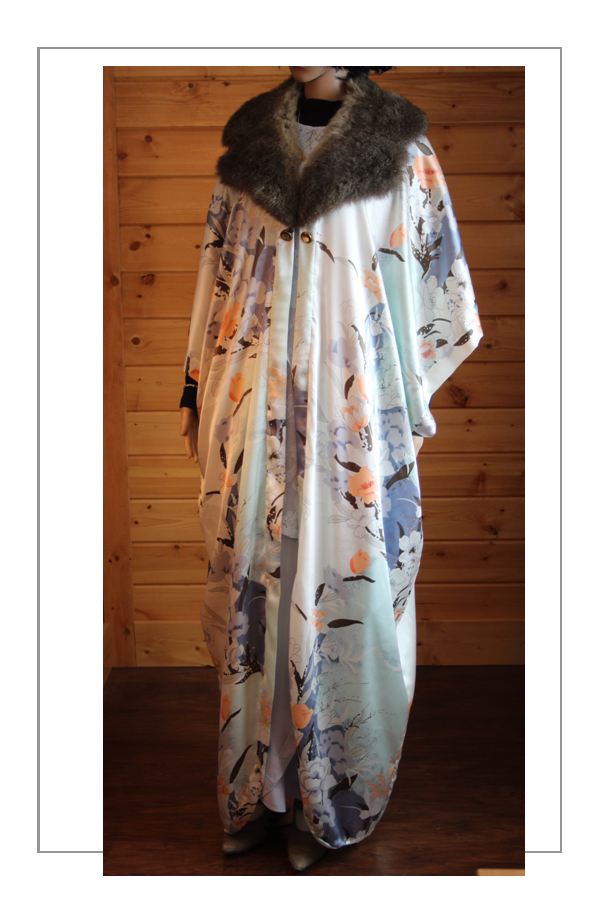
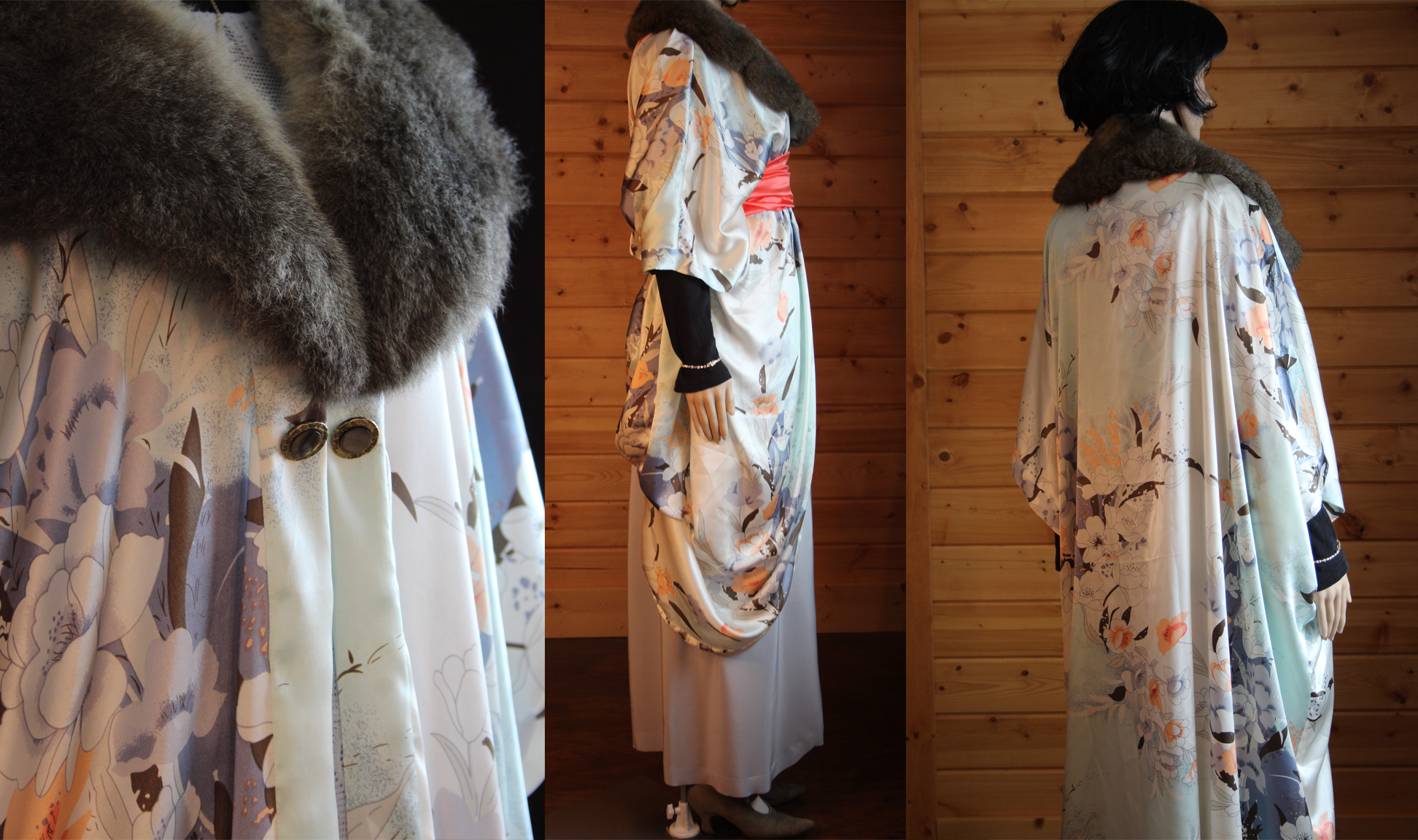
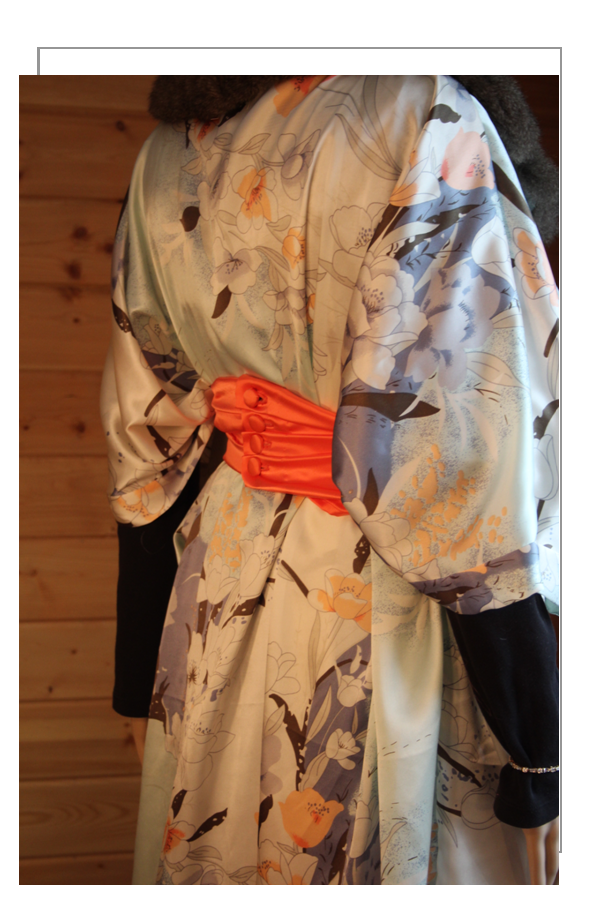
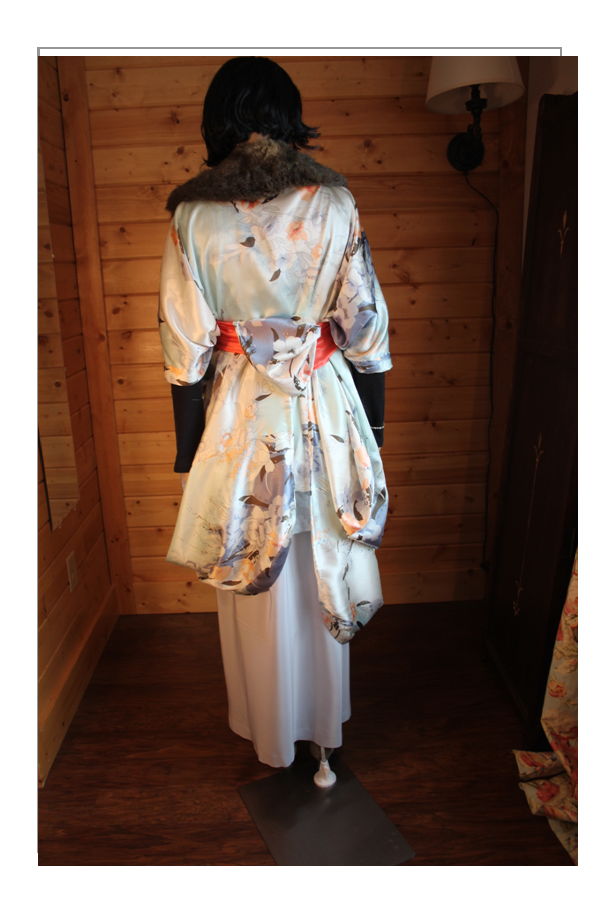
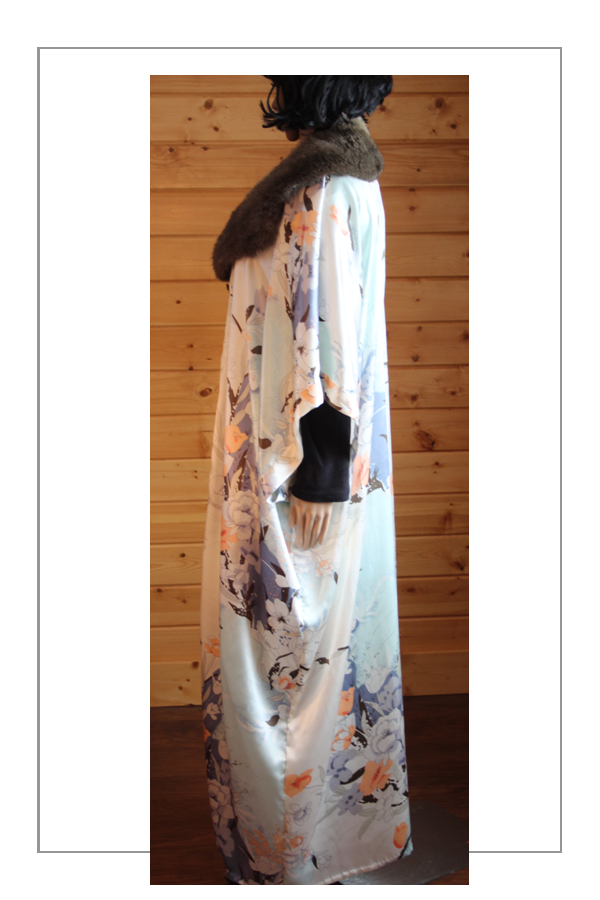
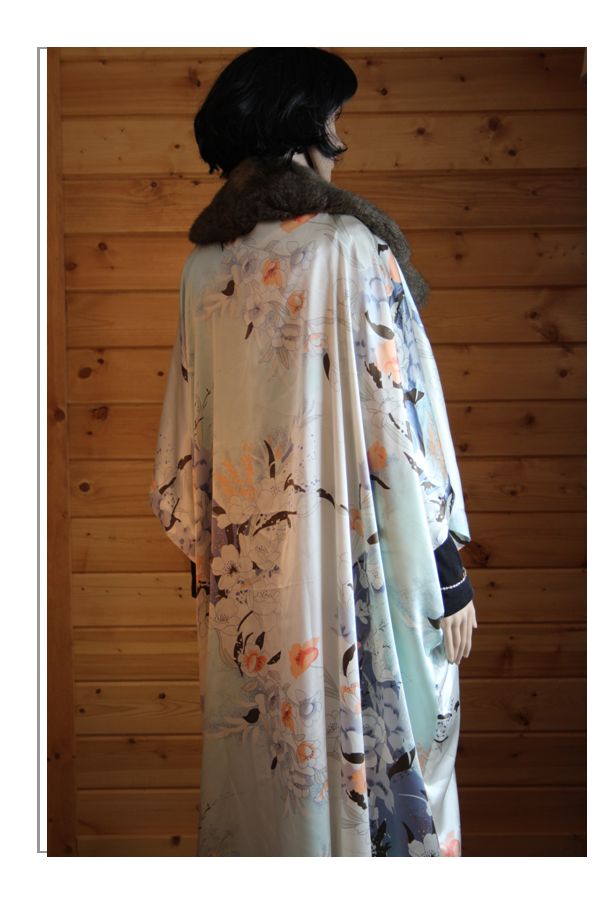
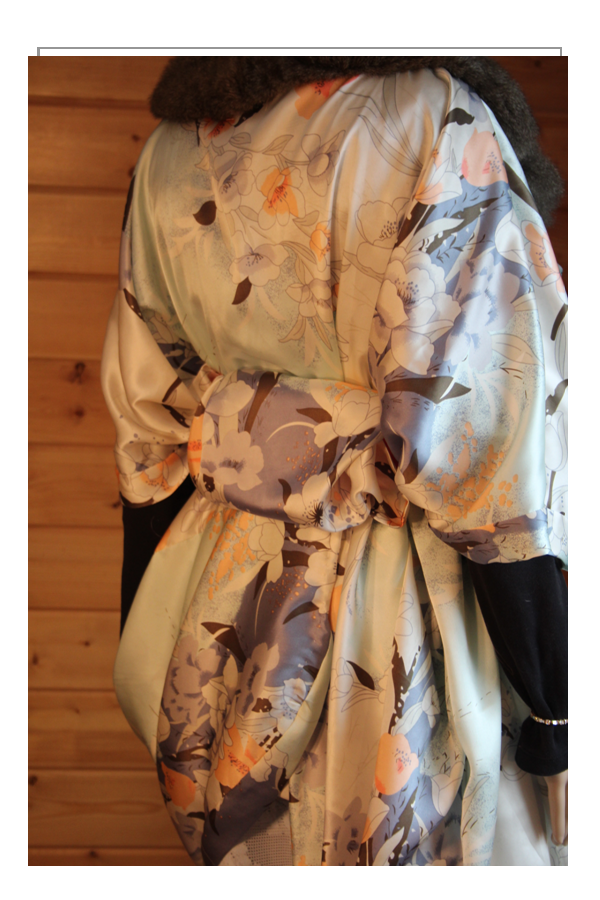
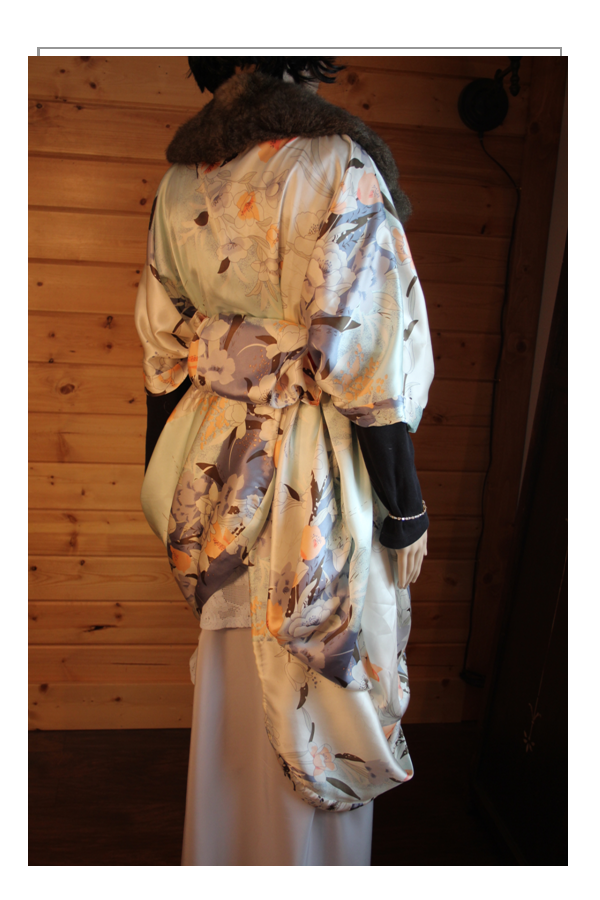

Jewelry
Tennis bracelet, custom made Titanic earrings with matching necklace, and Czech glass buttons on the sash
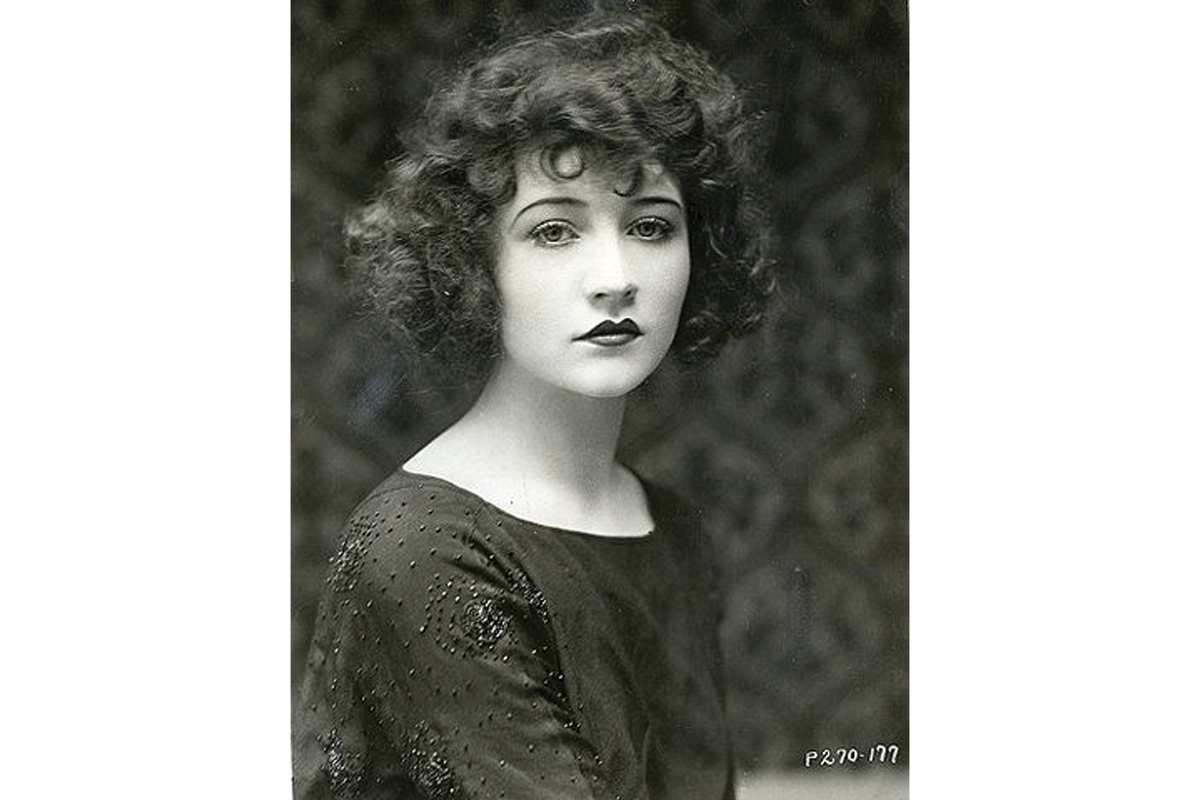
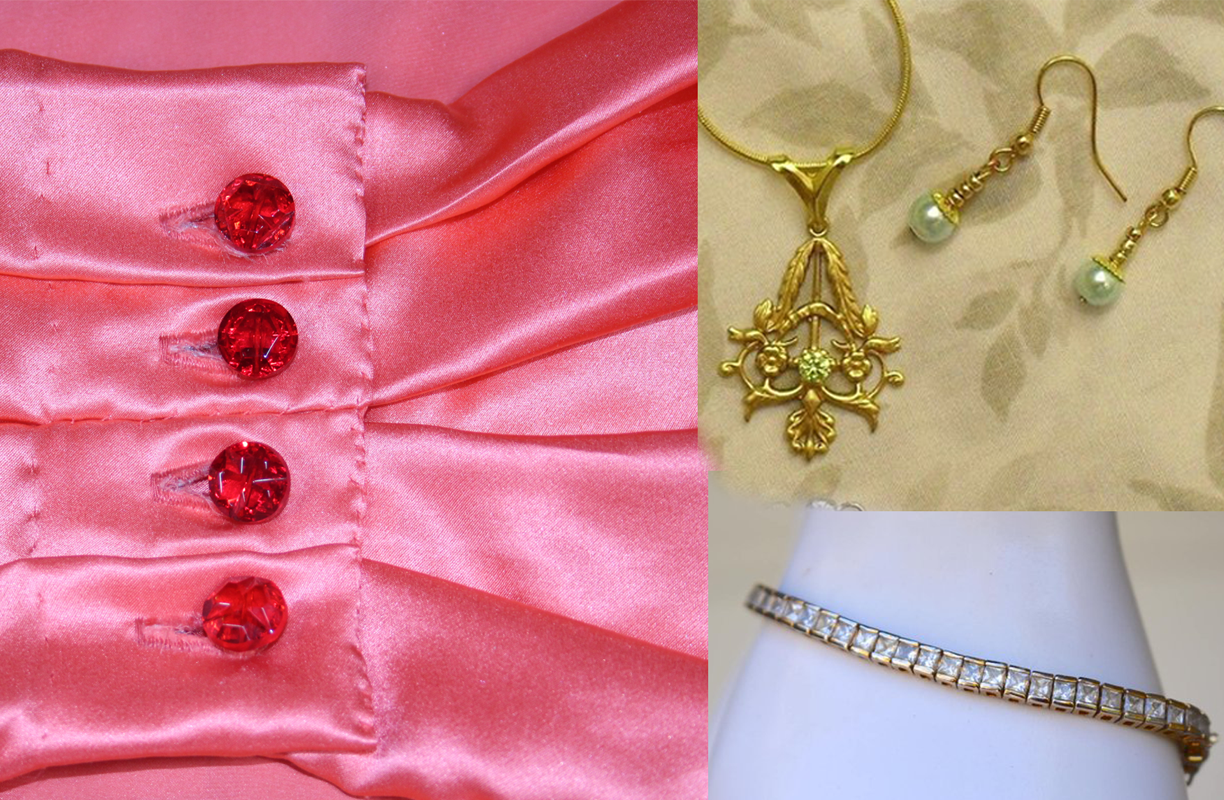
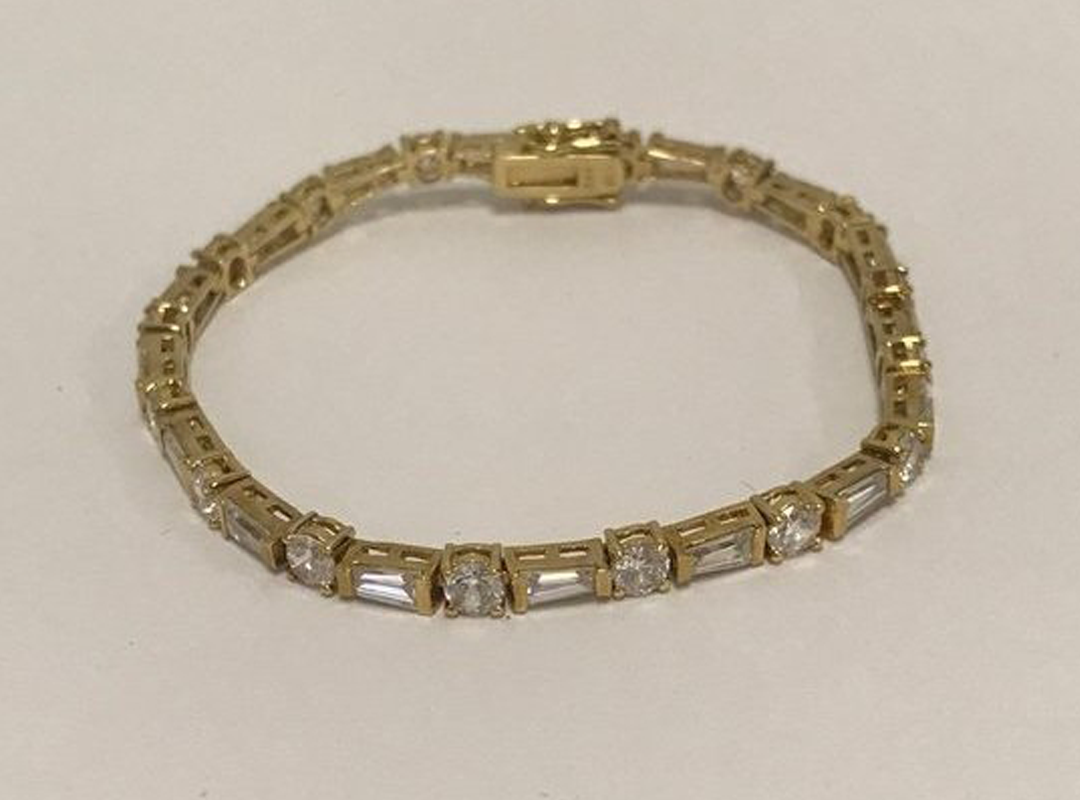
Shoes
Two pairs of vintage shoes in stock are suitable for this:
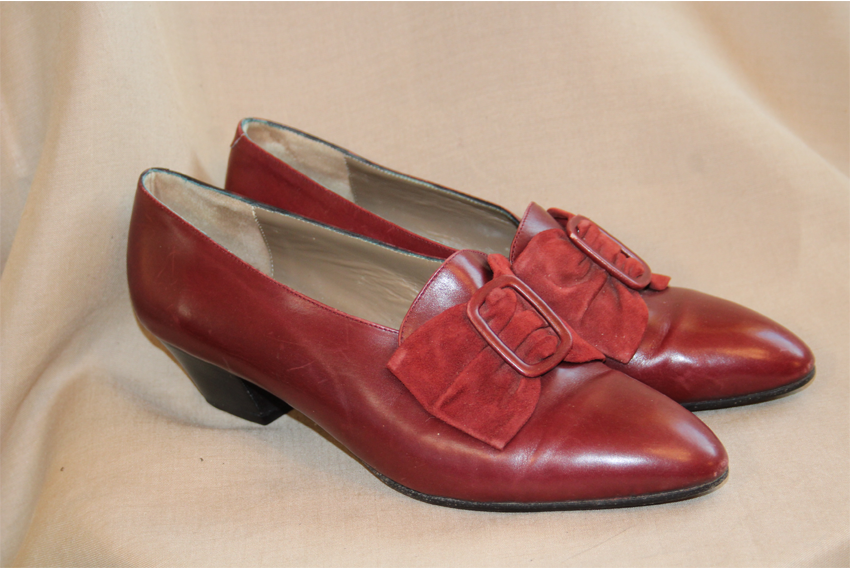
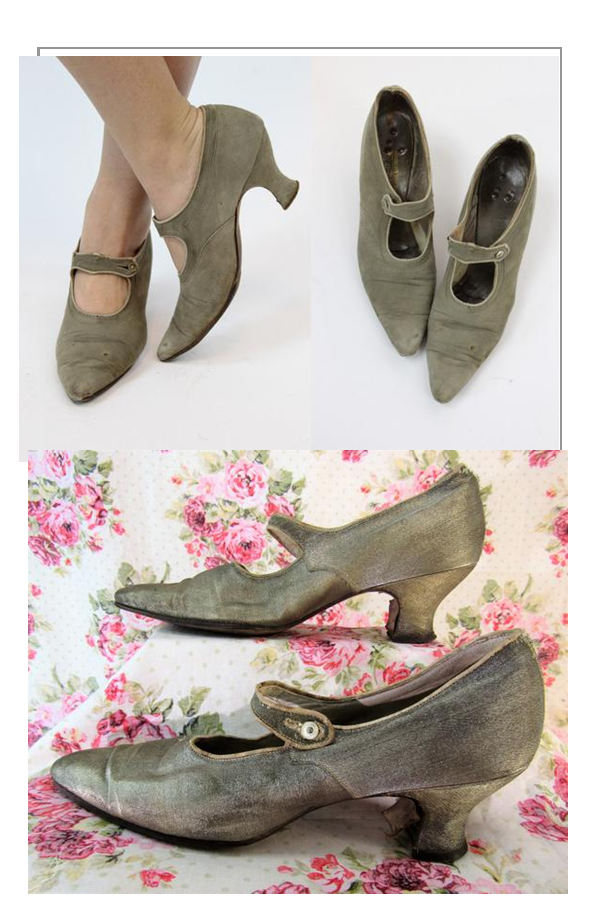
Hat
Our milliner is a subcontractor, and she made the hat like this first:
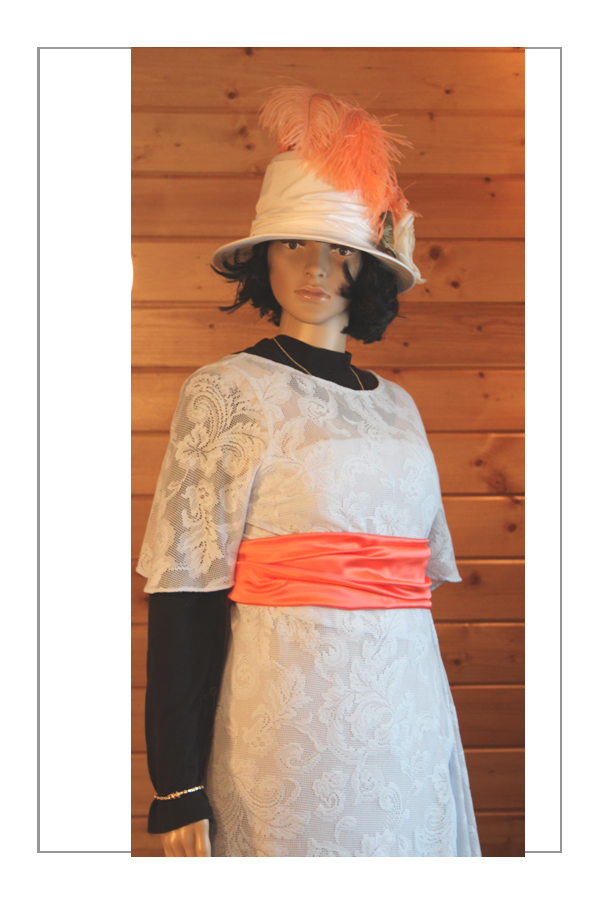
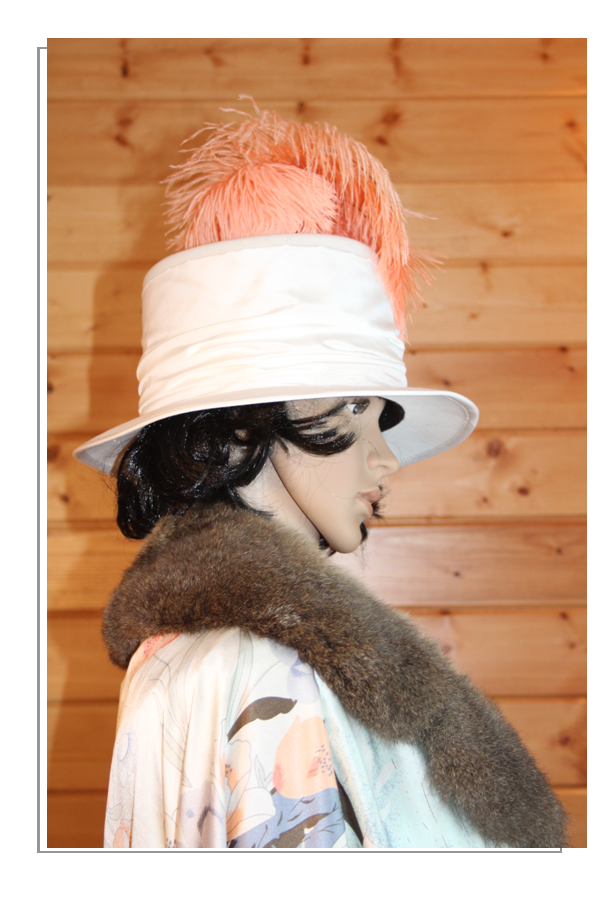
We modified it to be less baffoon like to be like this:
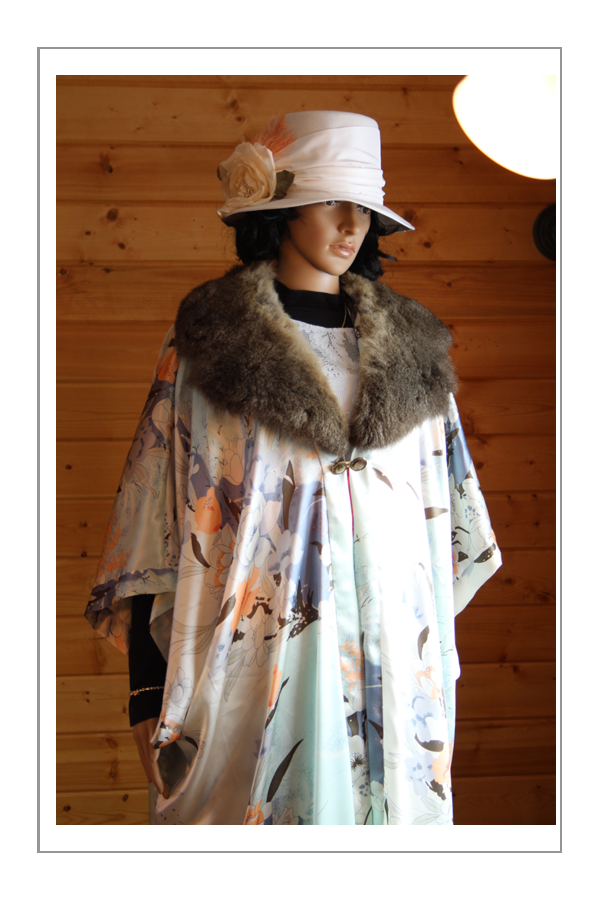
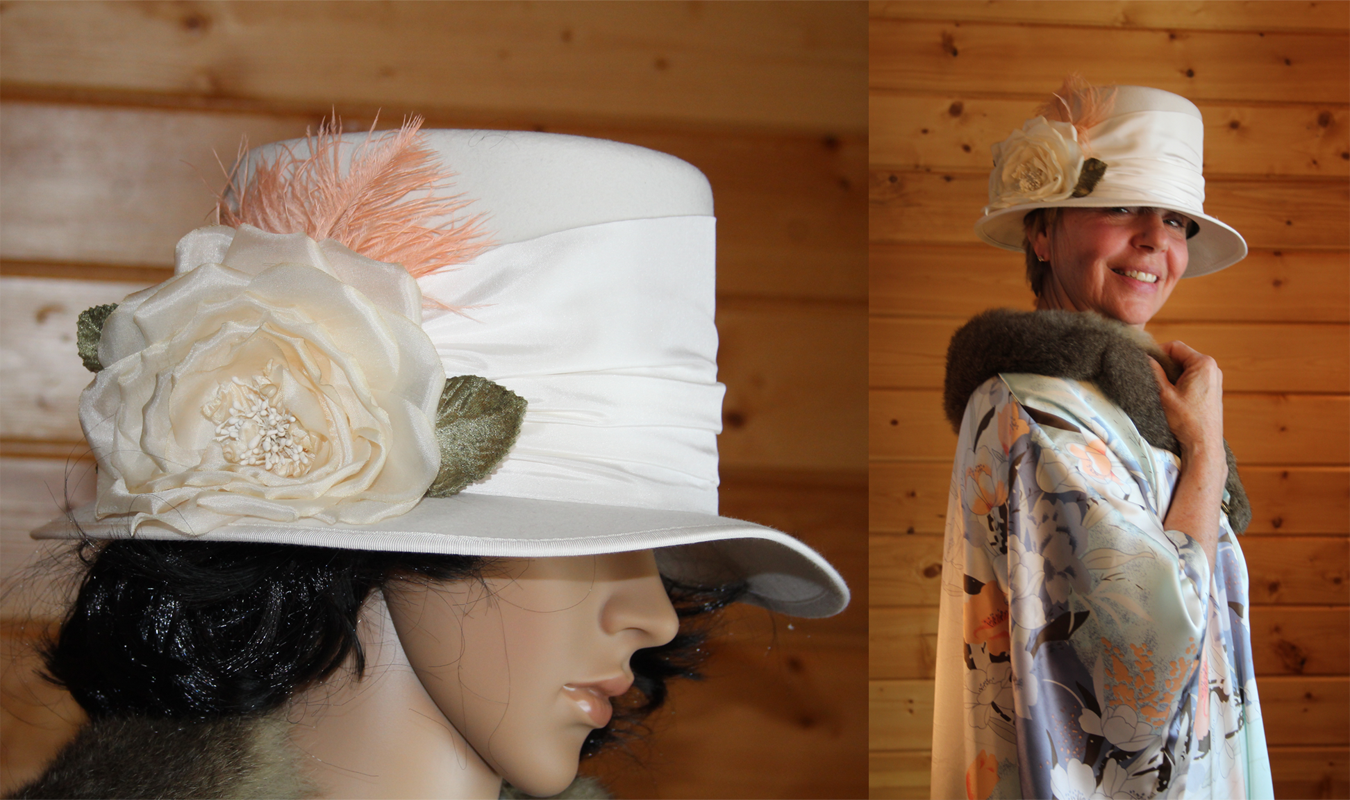
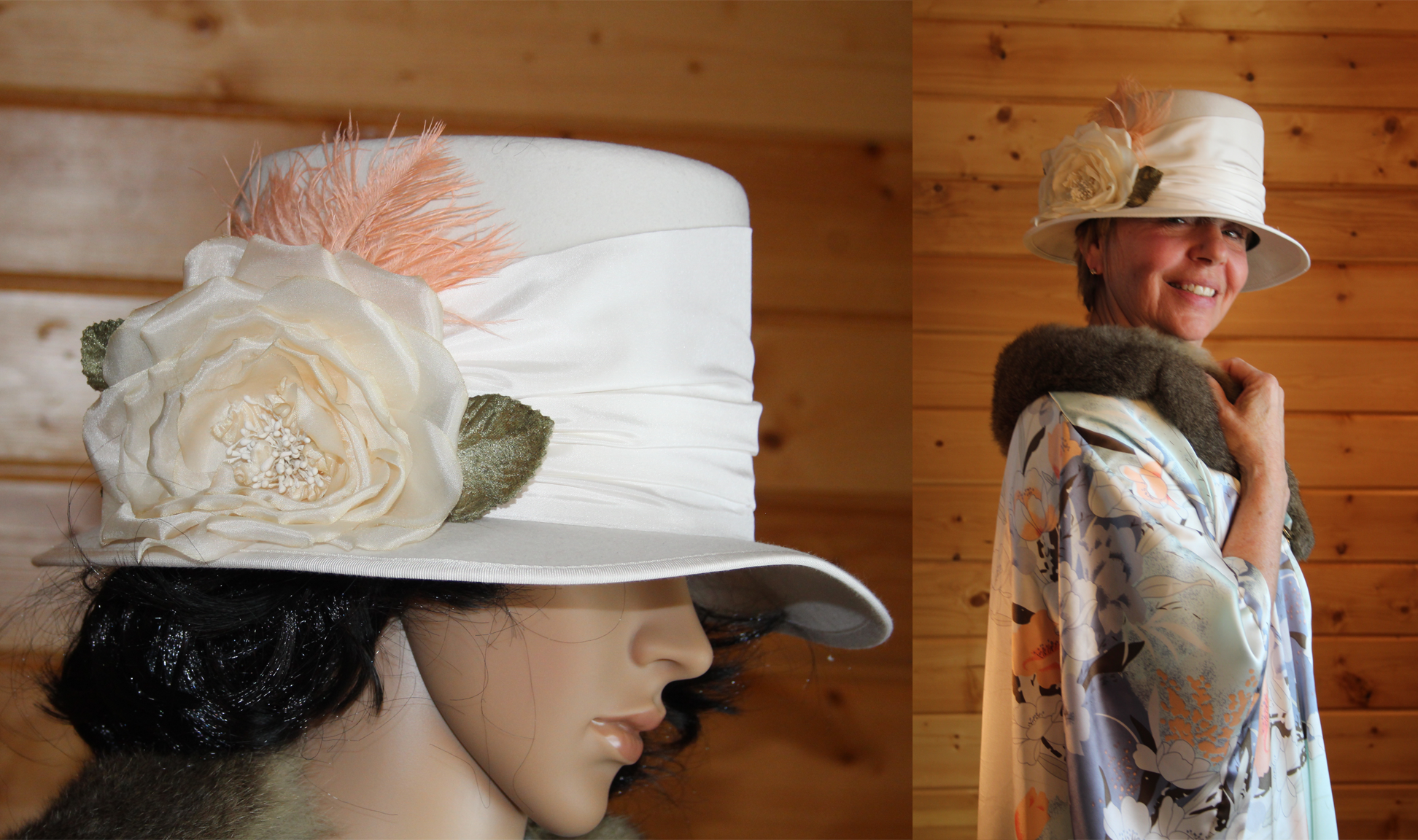
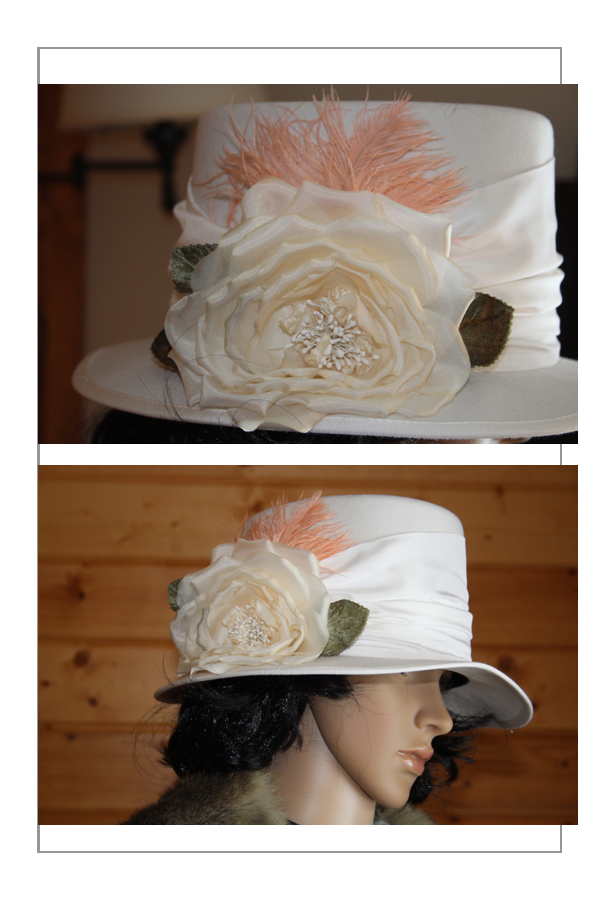
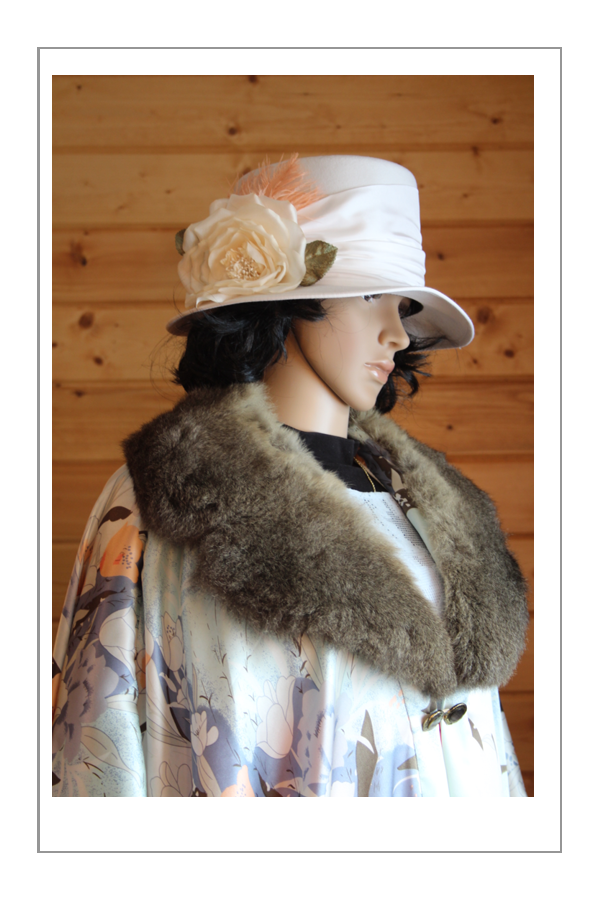

This was worn only once for 15 minutes.. in a BIG fashion show!
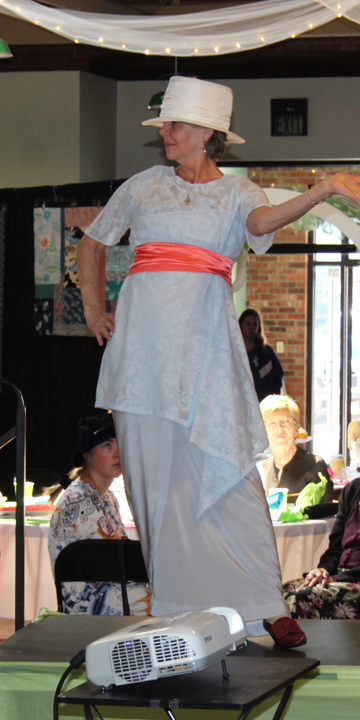
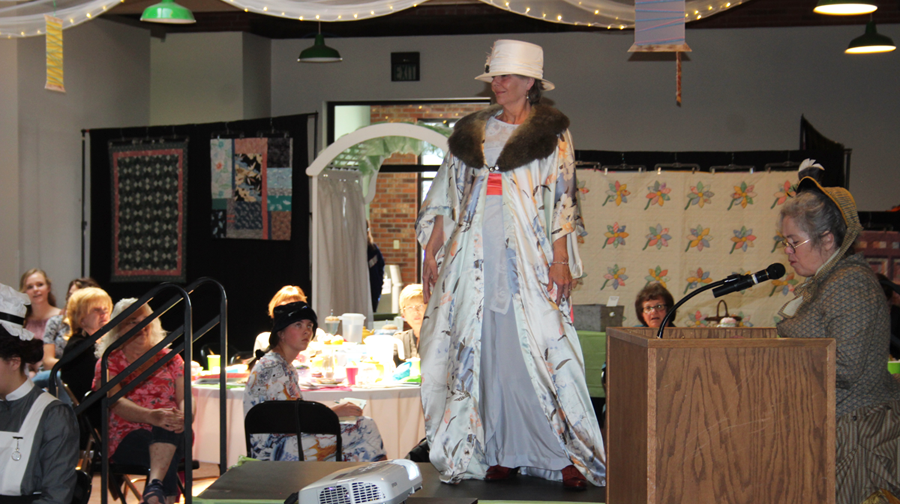
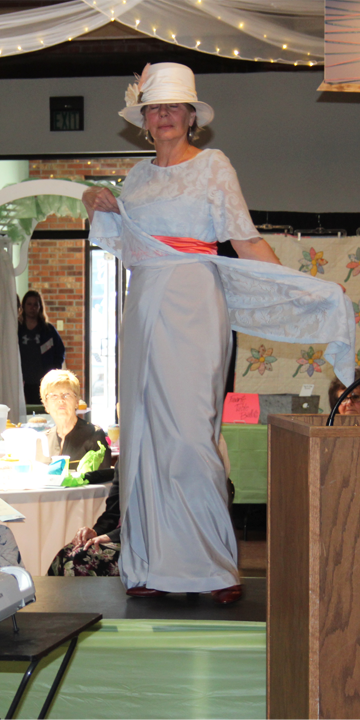
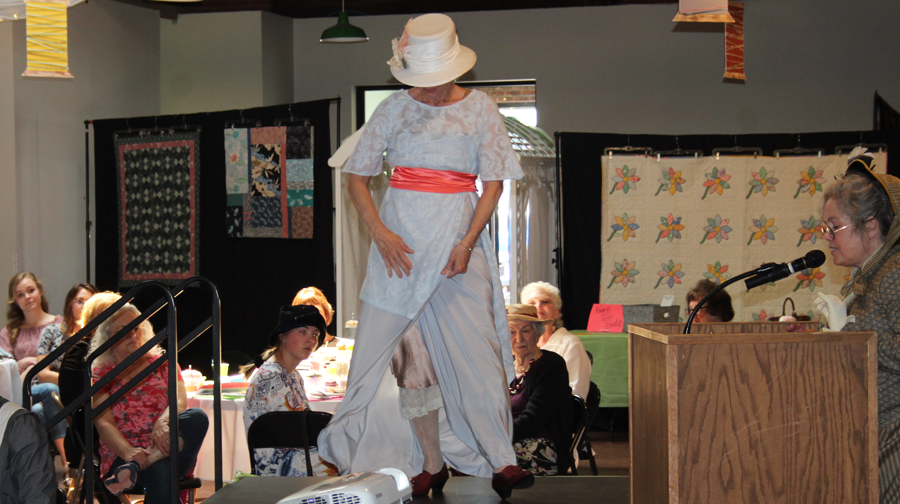
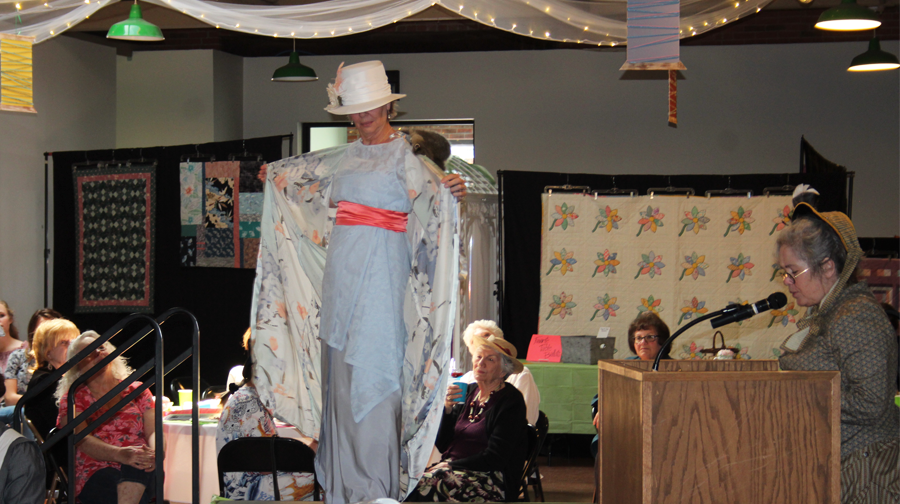

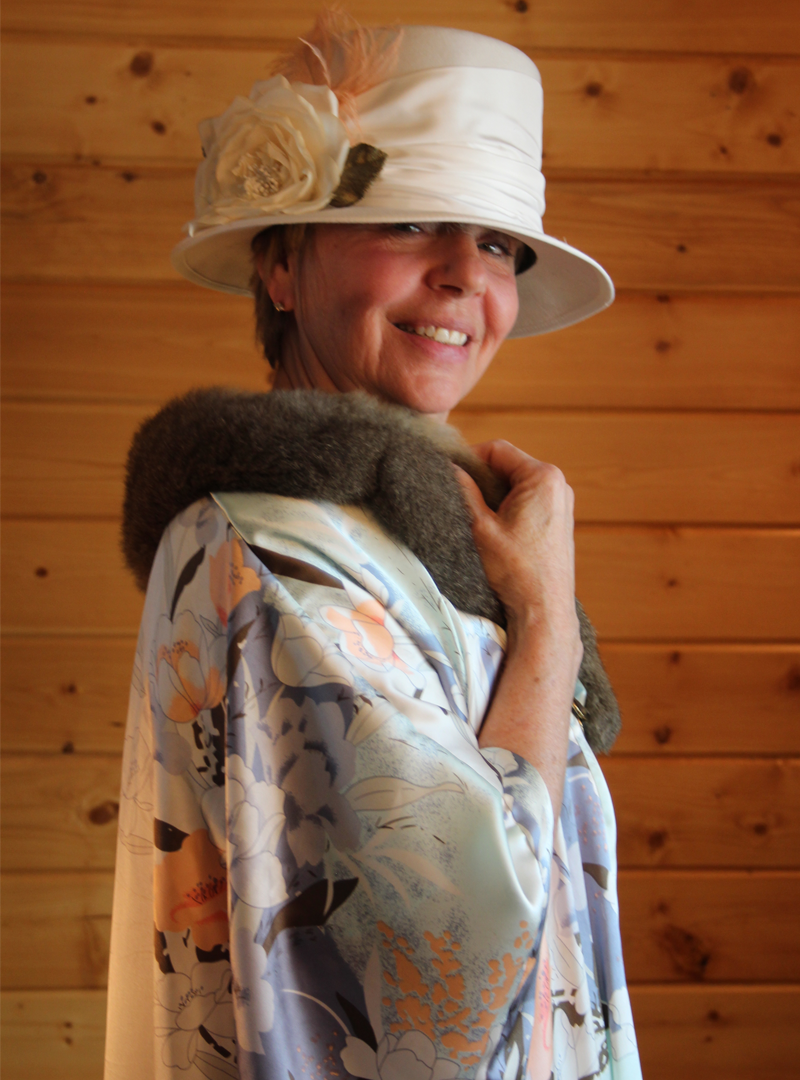

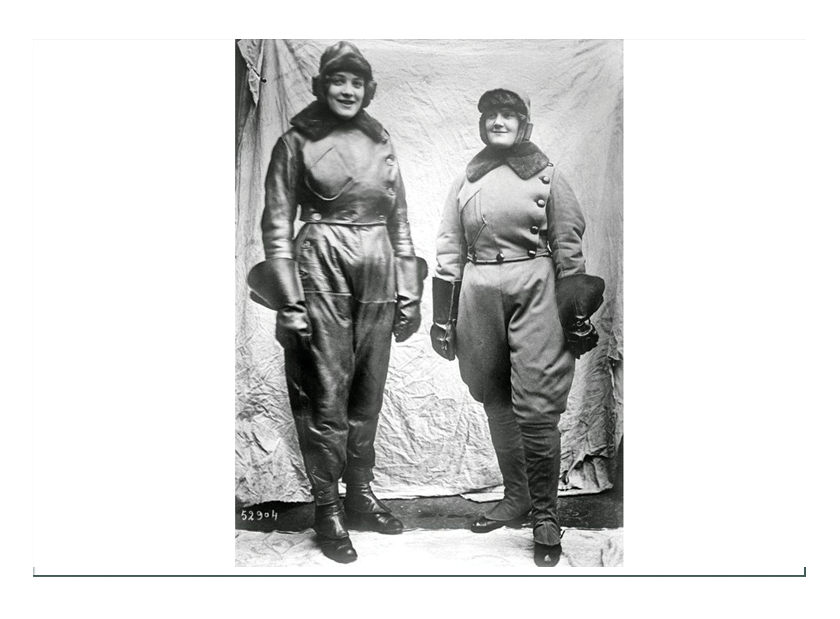
You can see in this ensemble elements from the past, and what was to come – the panties, bras, and girdles. It happened quickly as the world went to war of necessity when women went to work during the absence of men, materials were limited, and industry was diverted to the war effort world wide.
The world for women would be very different from 1912 forward.
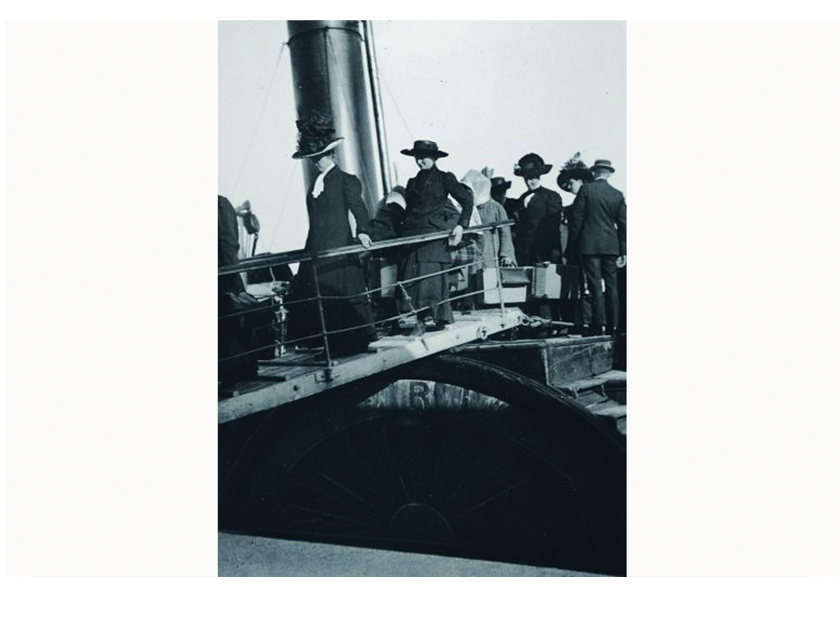
To find better opportunities, improve one’s situation, or to fall in love are still driving forces behind getting on an airplane to cross the ocean or jumping a luxurious steamship to explore a different part of the world. Hopefully today’s technology has learned how to avoid icebergs.
 “Take Me to the Cabaret”
“Take Me to the Cabaret”
A Song to Carry us out of the Project and on to the Streets of the World
A favorite “Sing Along”.. follow the bouncing ball! Featuring 1912 real photos and artwork from artists of the day:
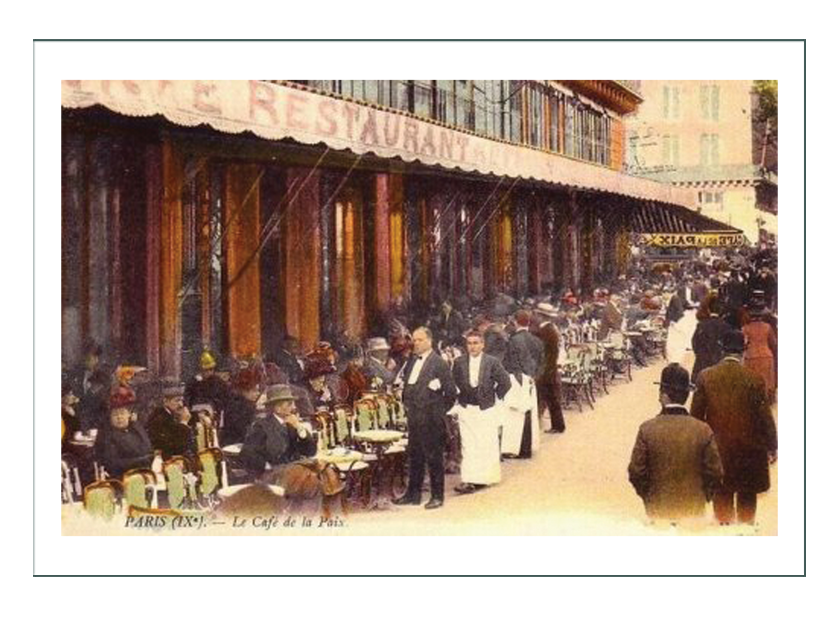
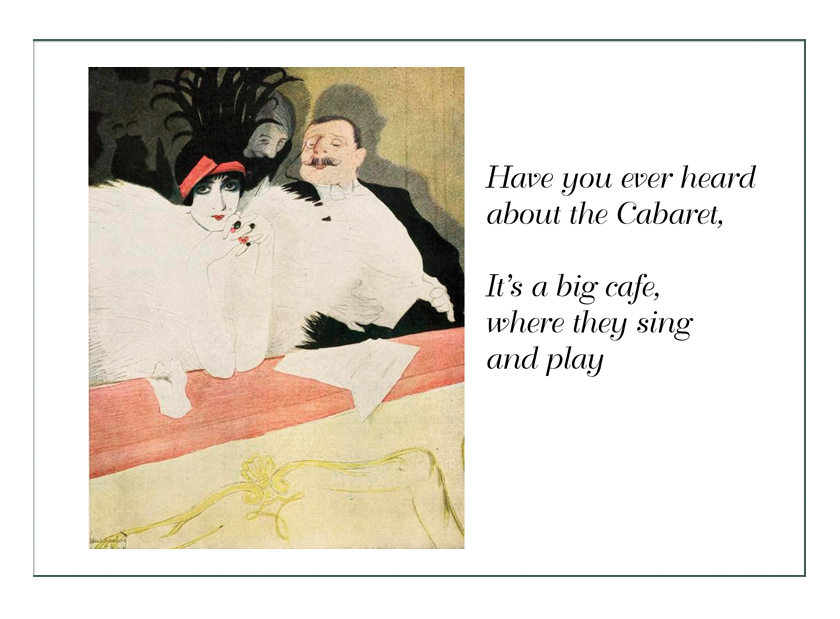
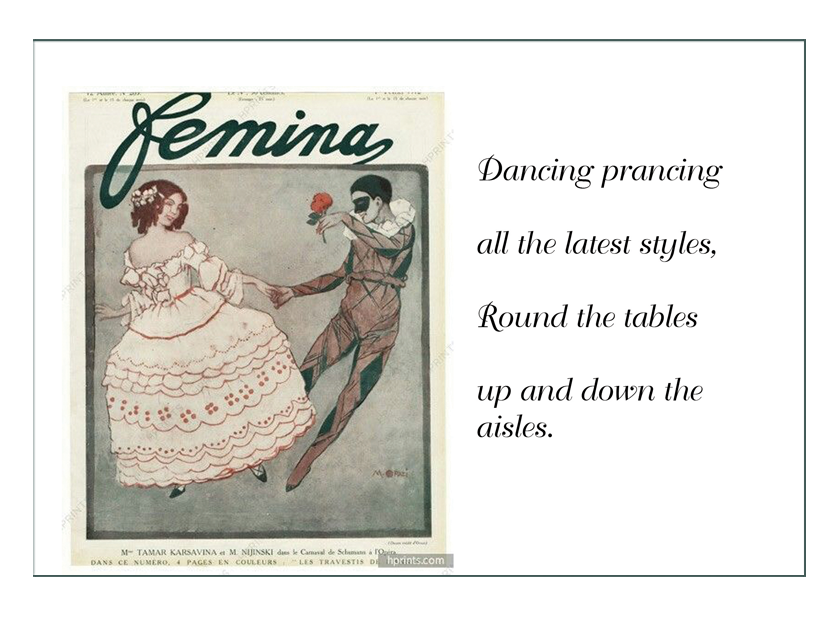
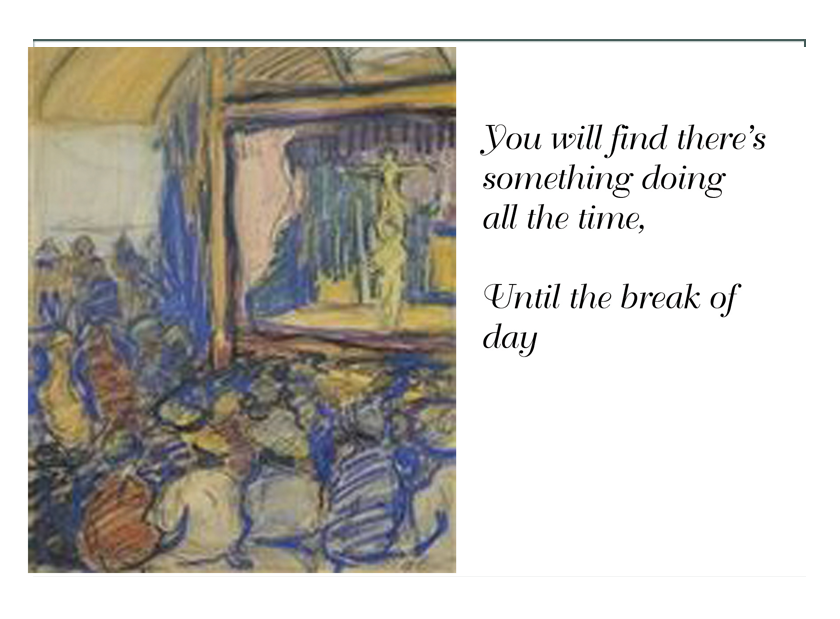
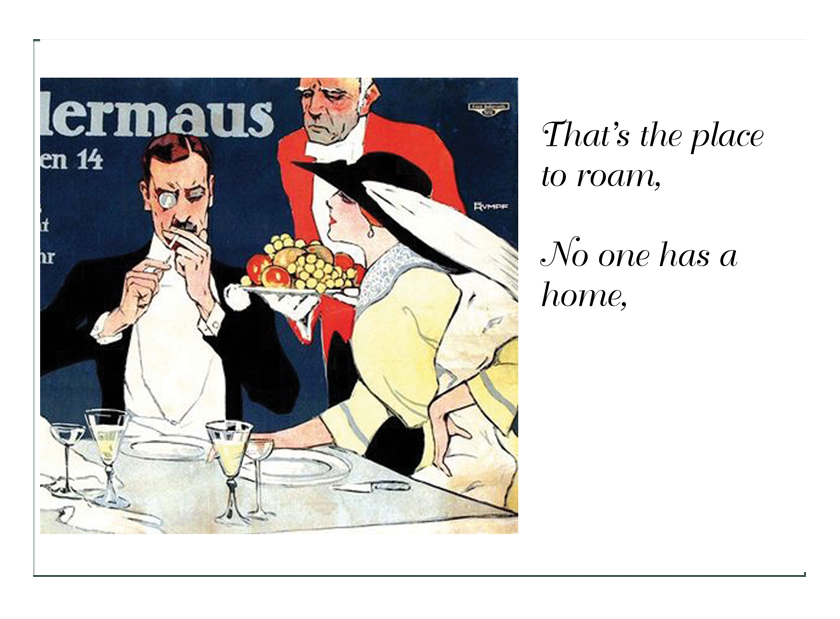
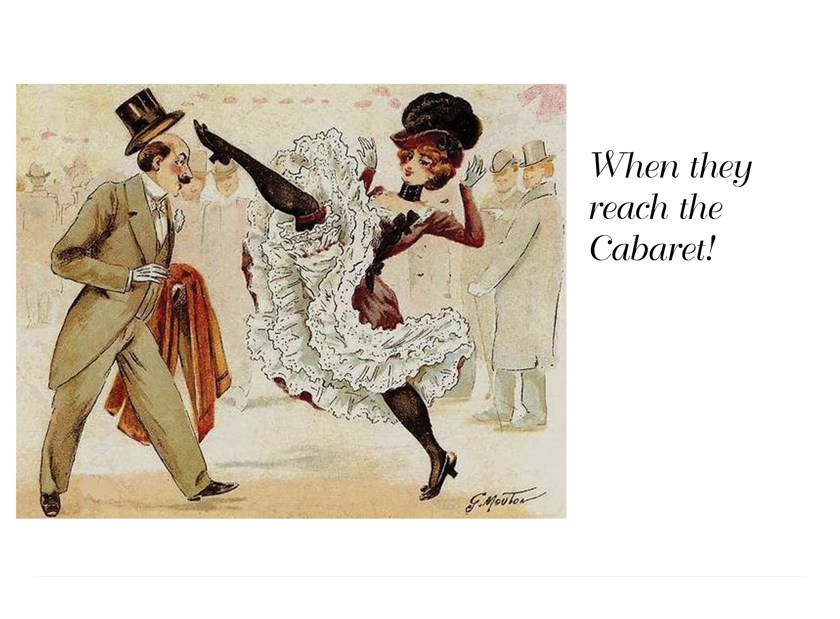
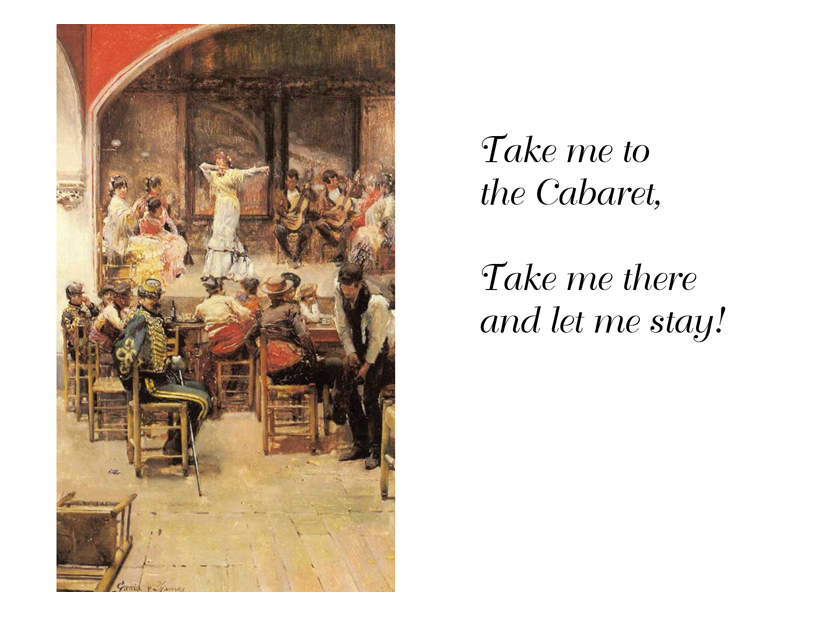
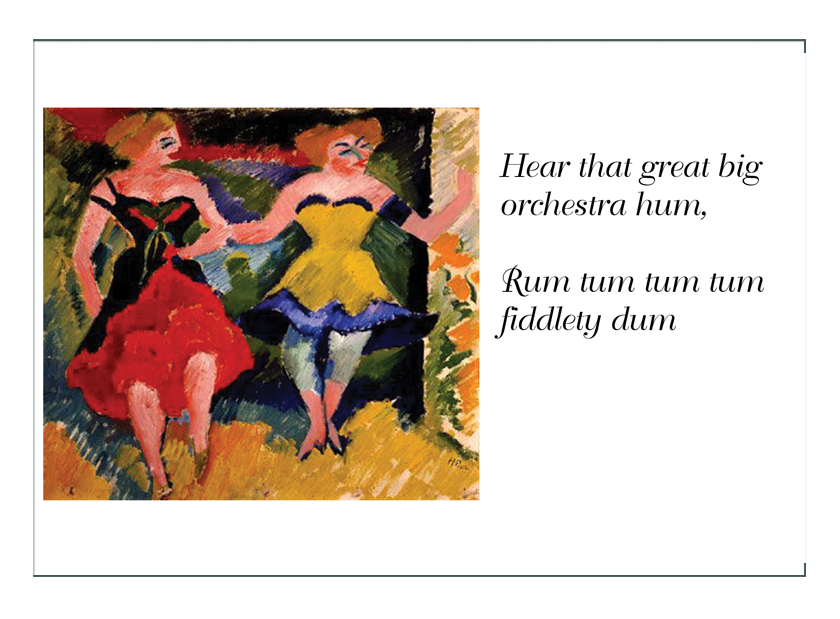
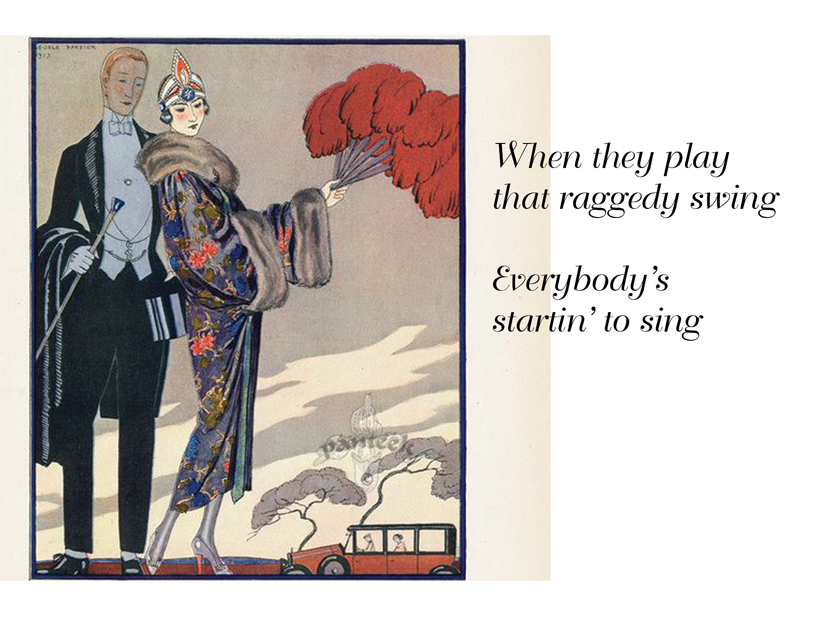
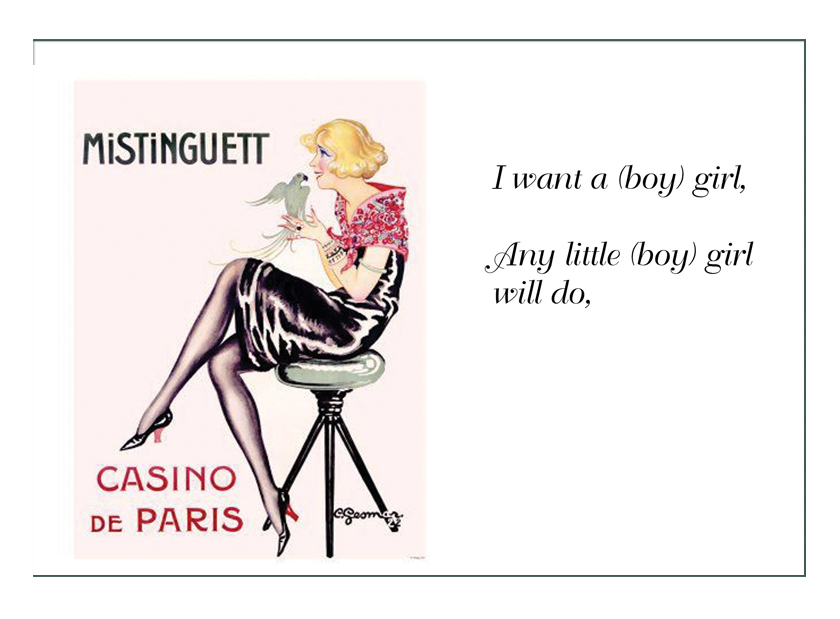
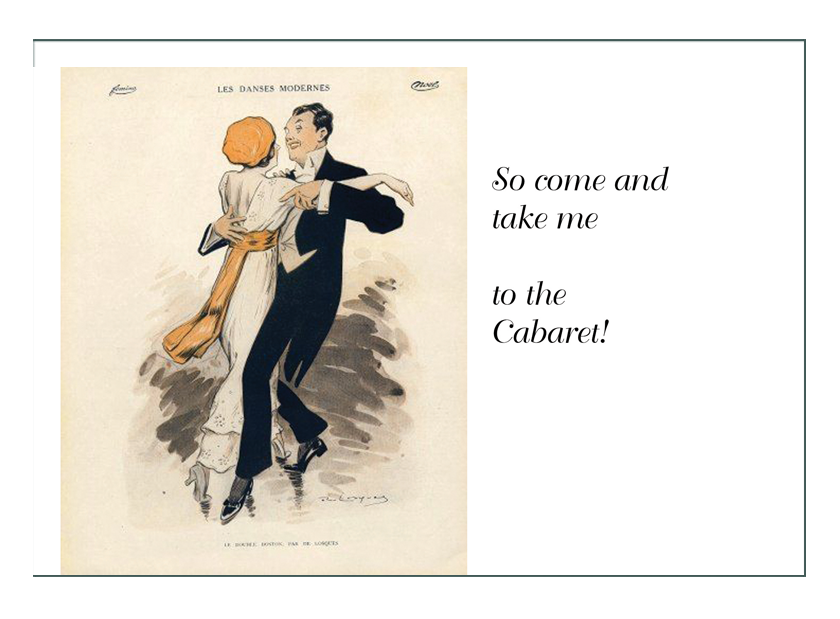
Click here to go to Historical Context page (next)
Click here to go to Fashion & Women’s history page
